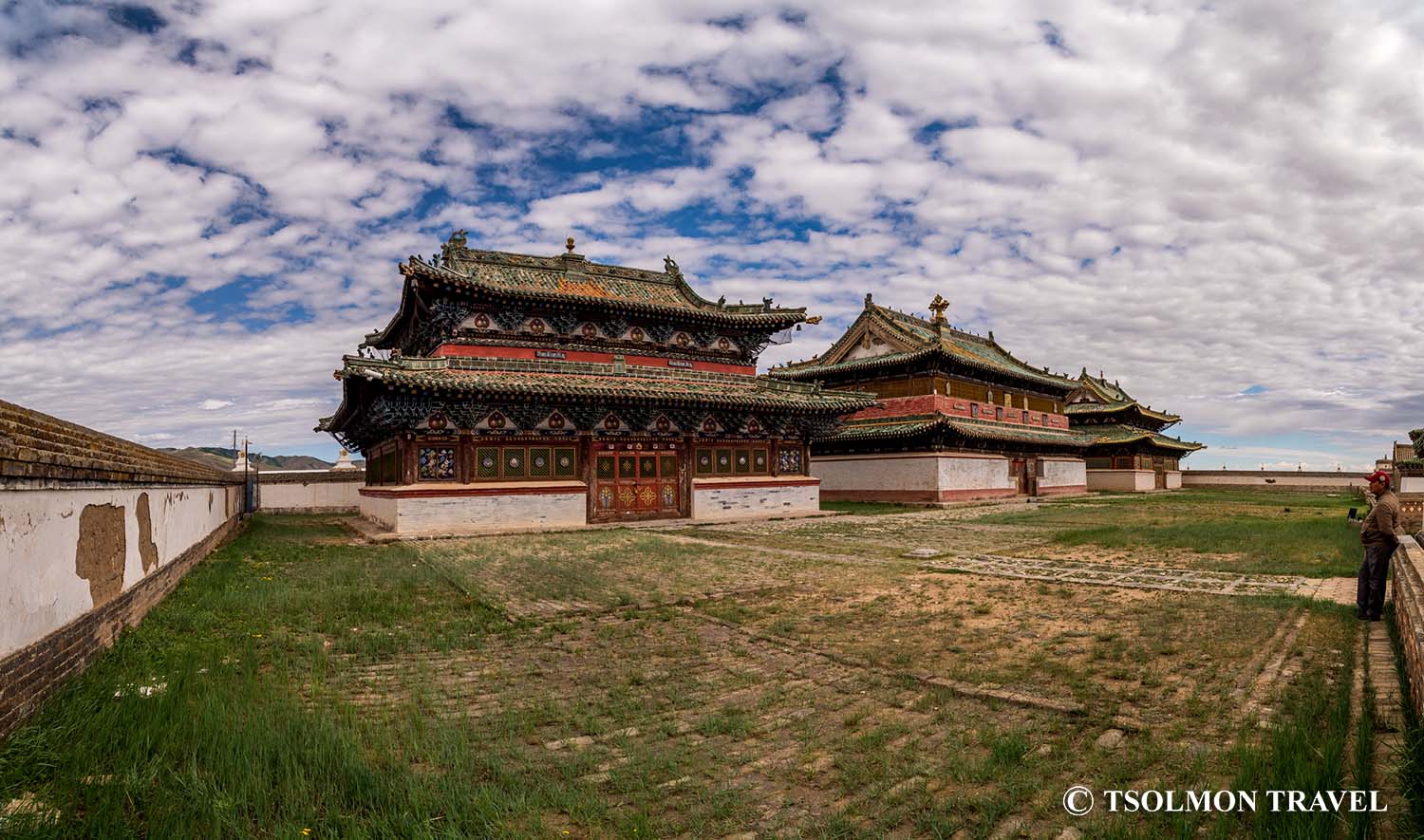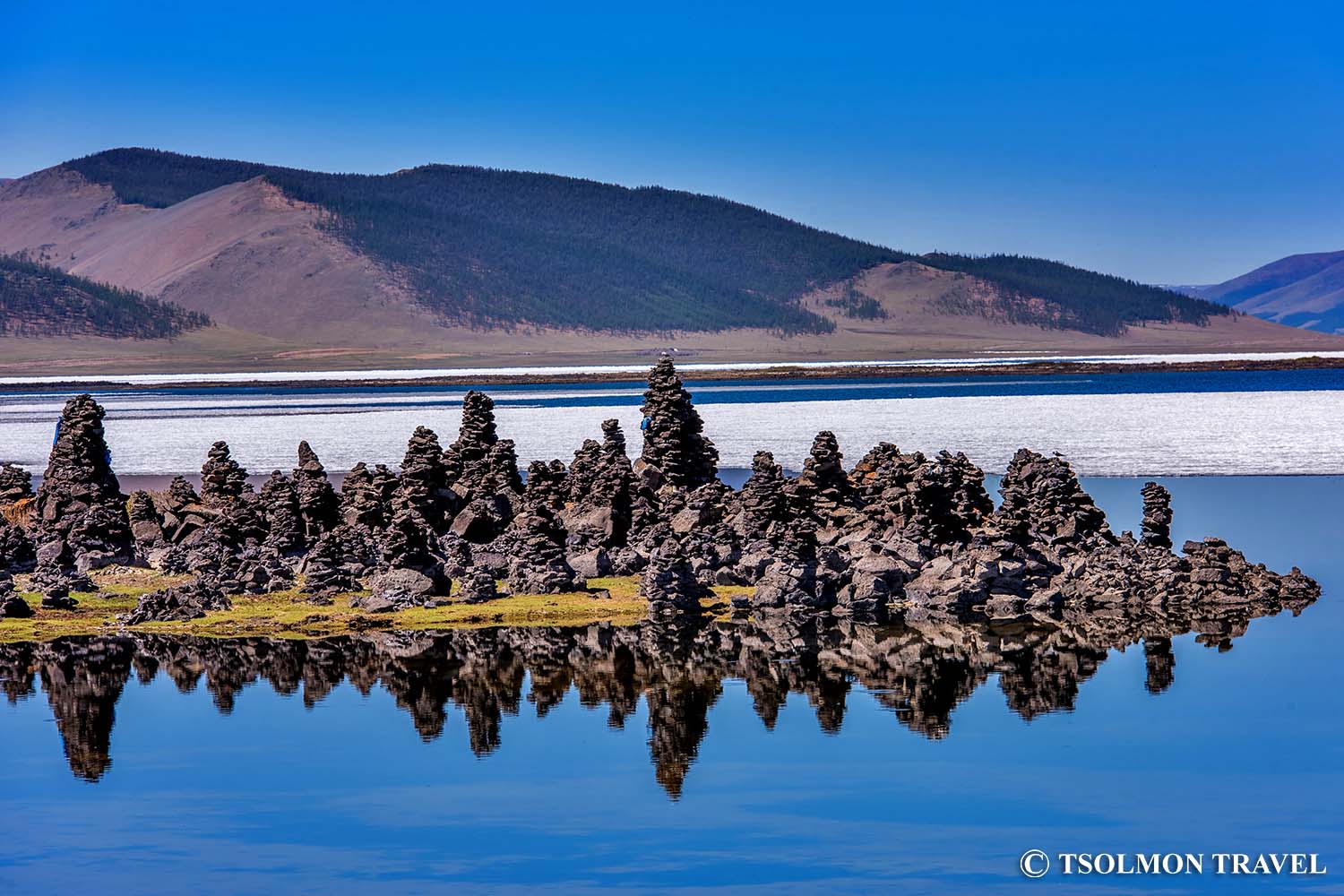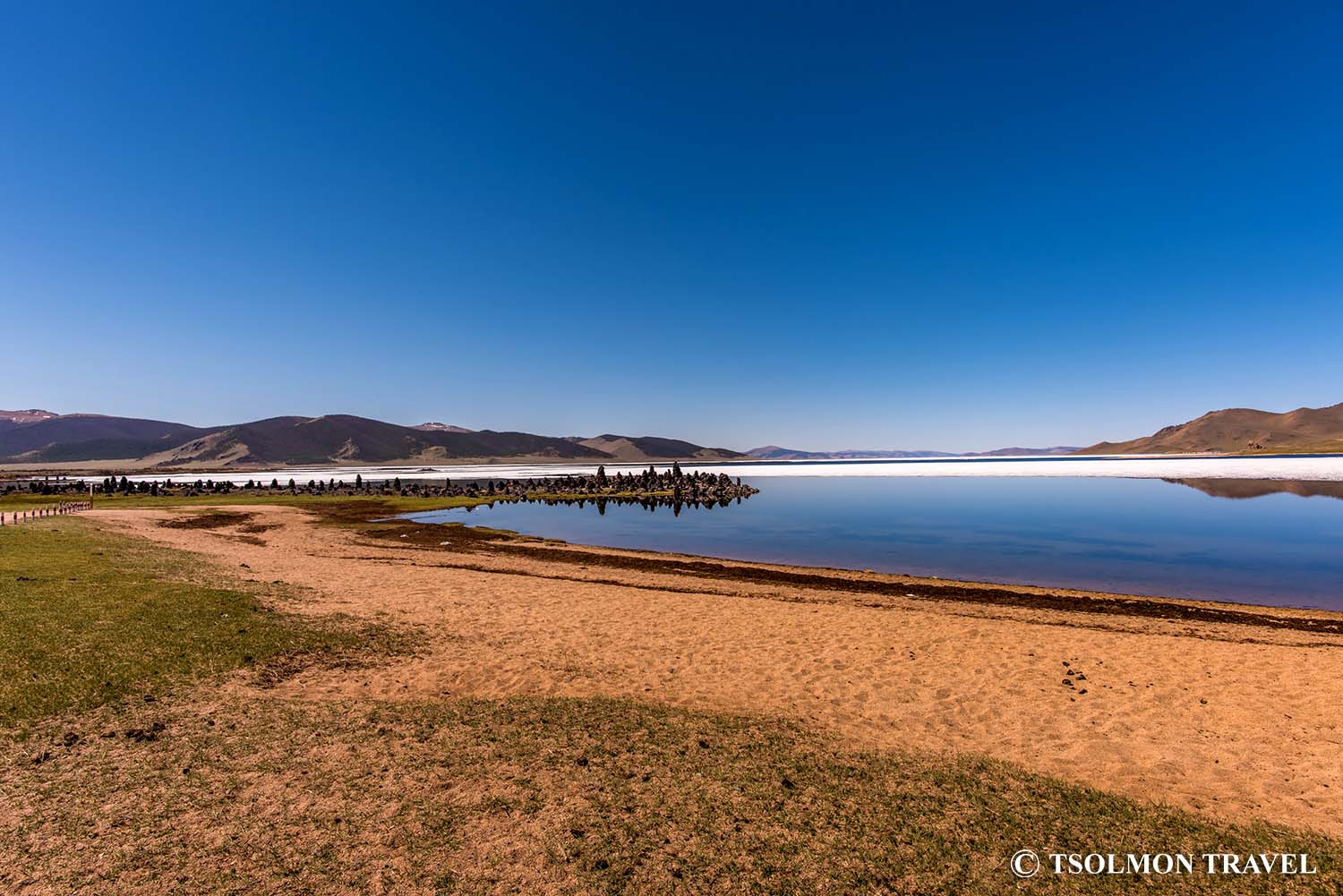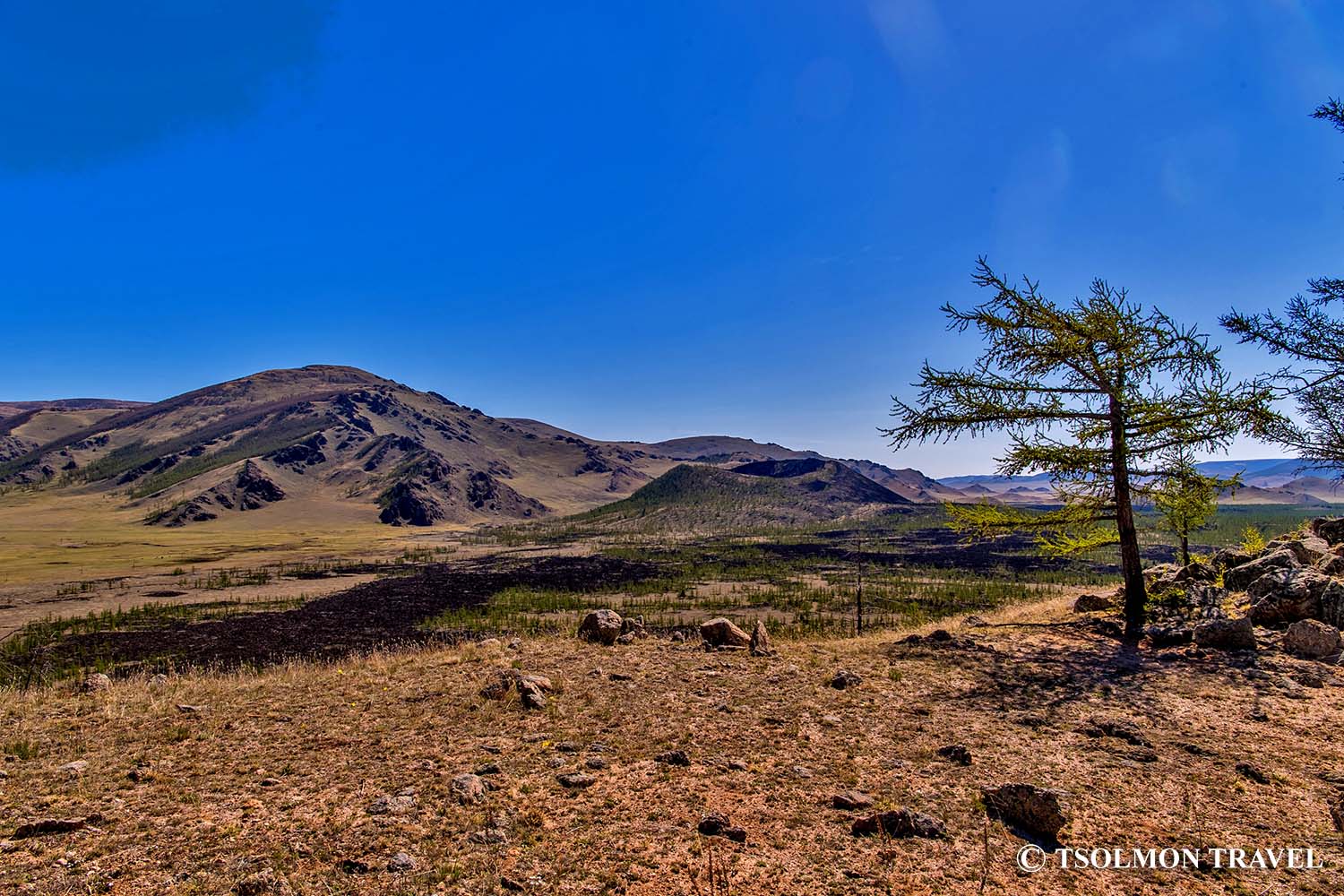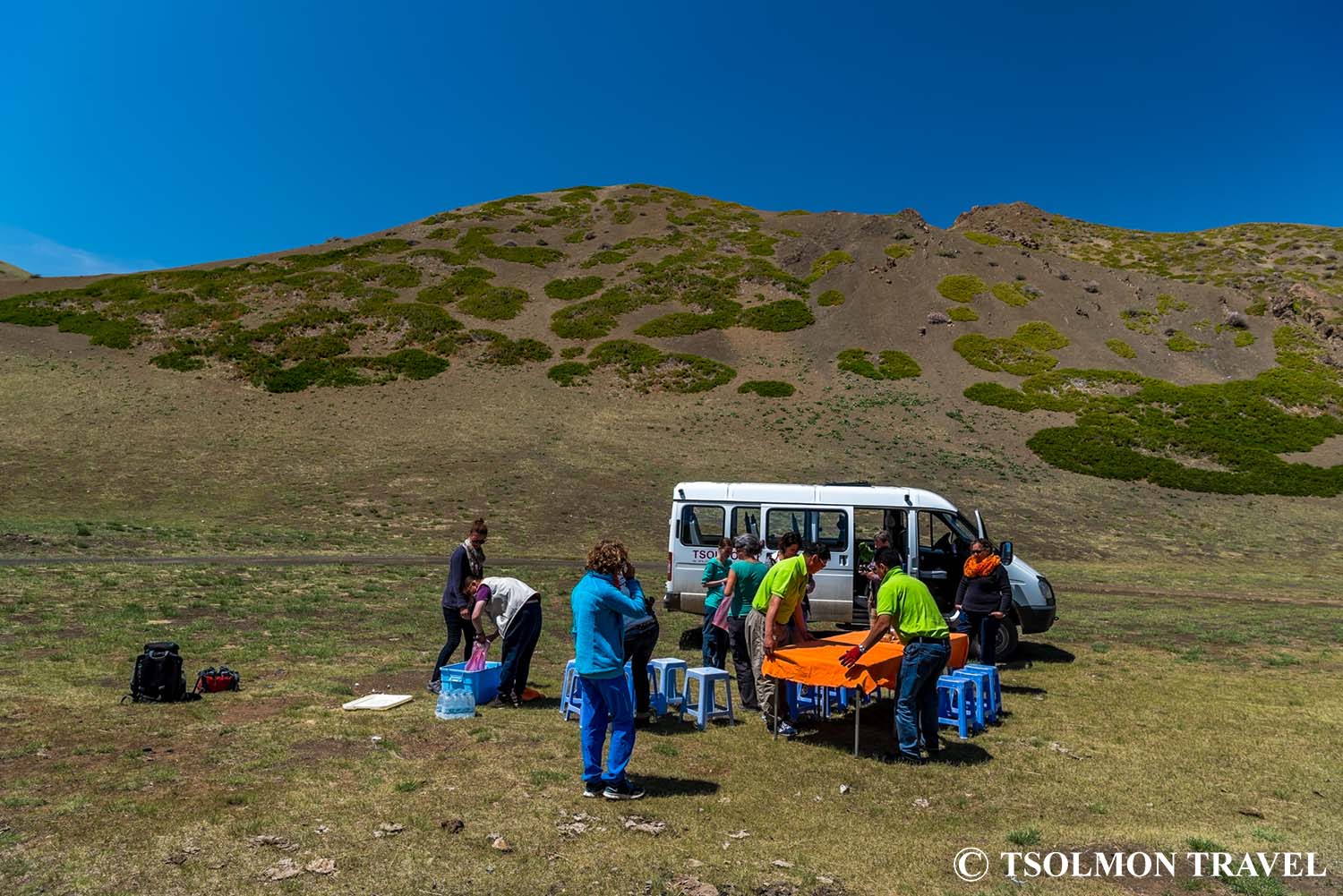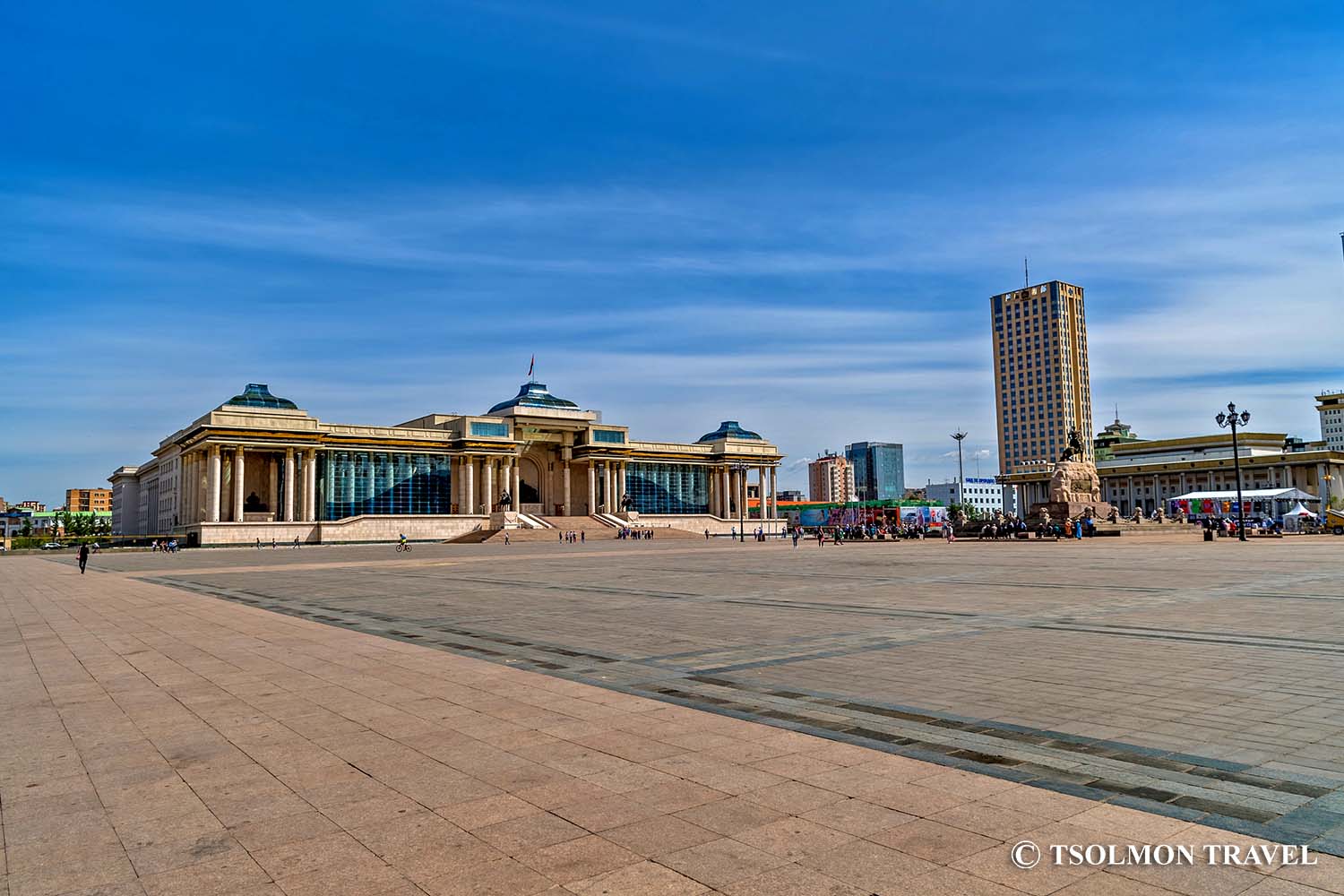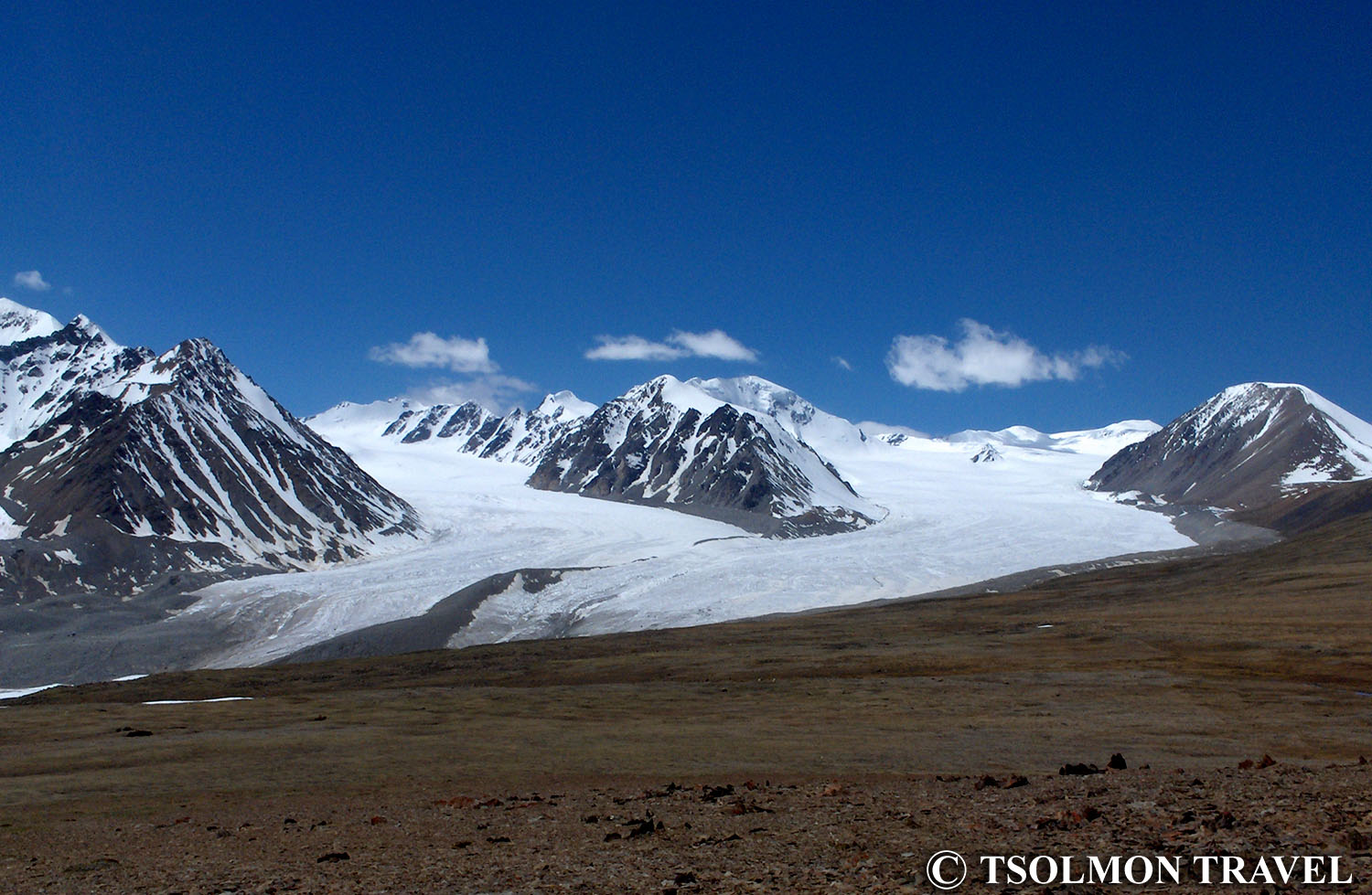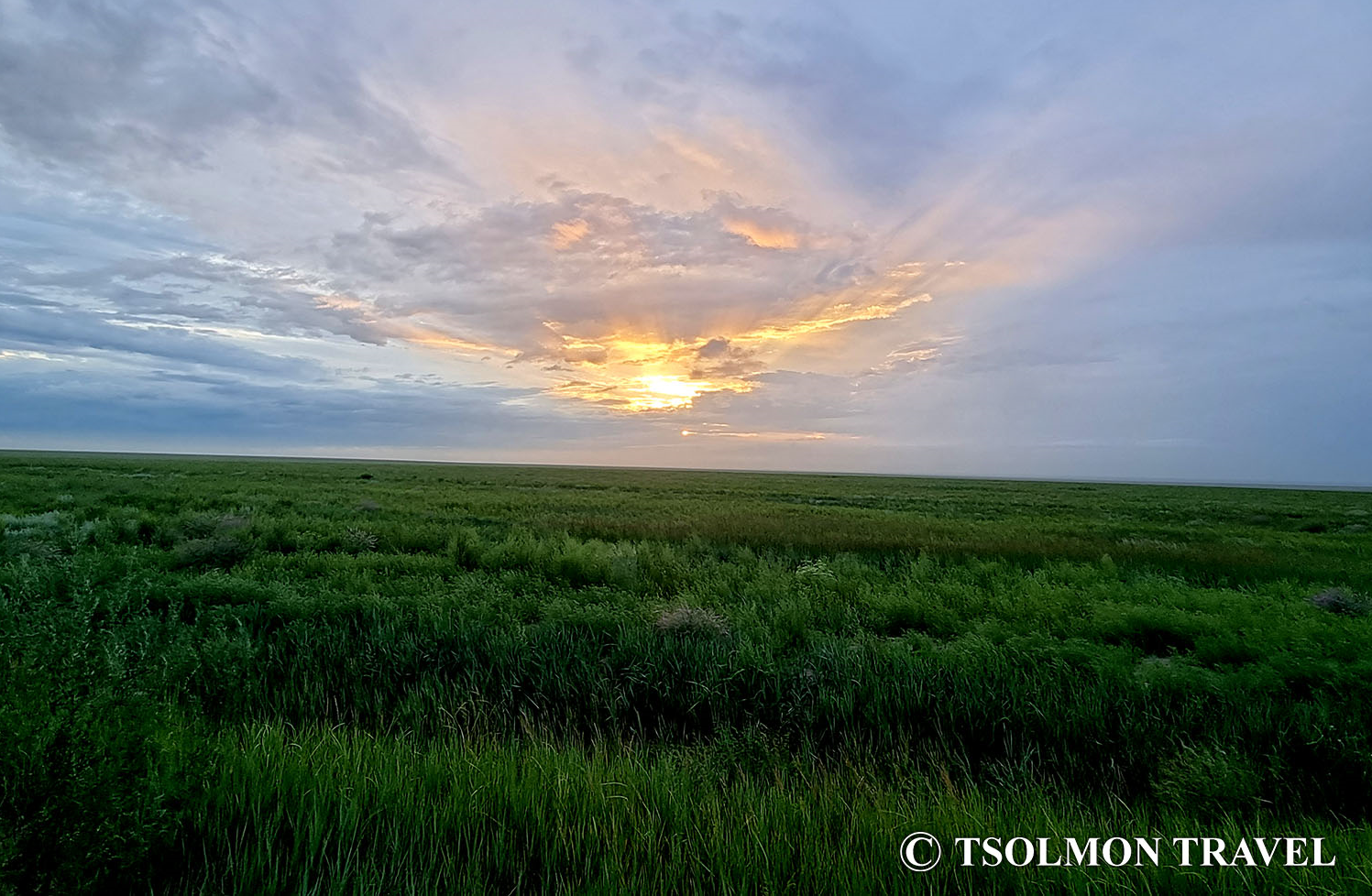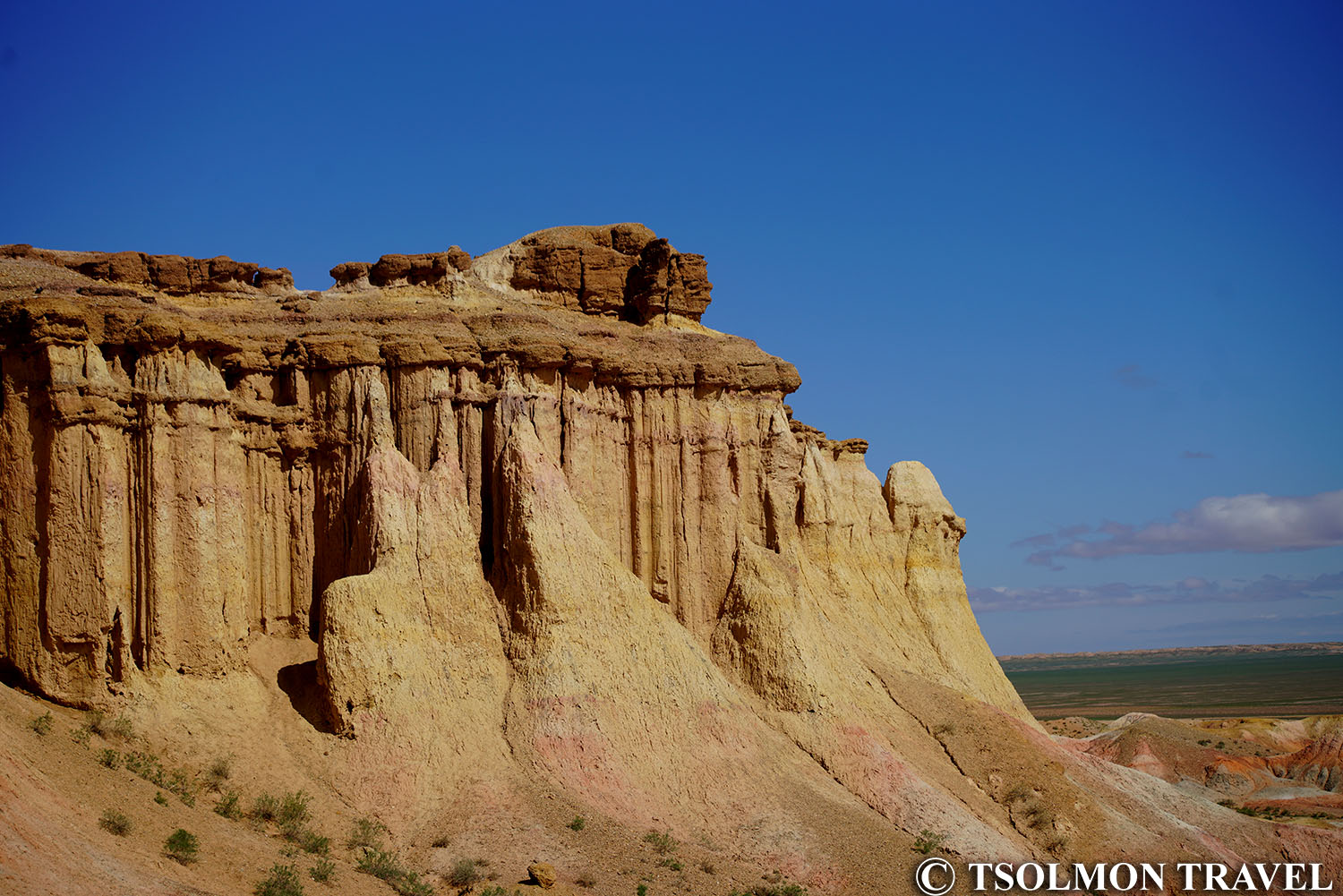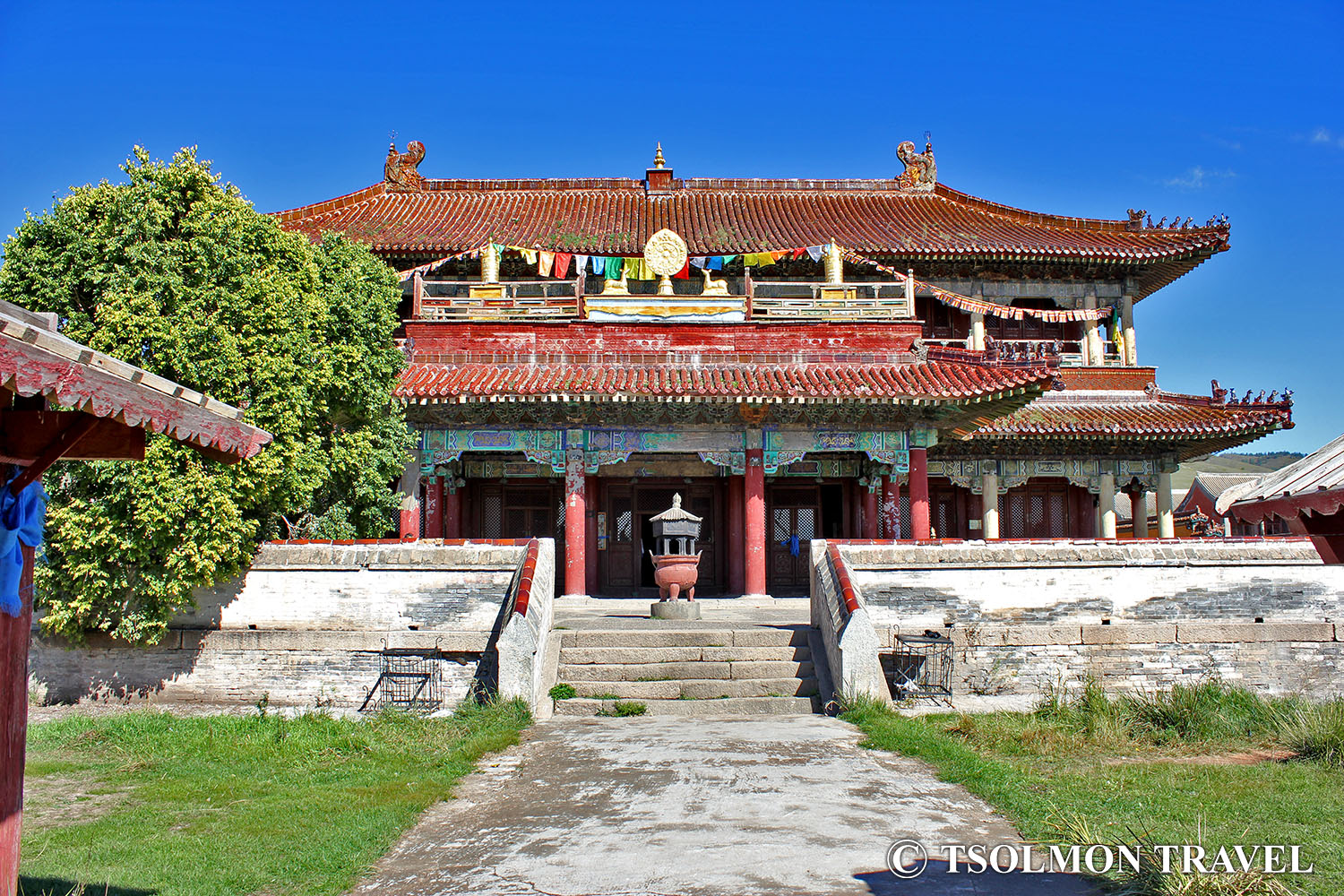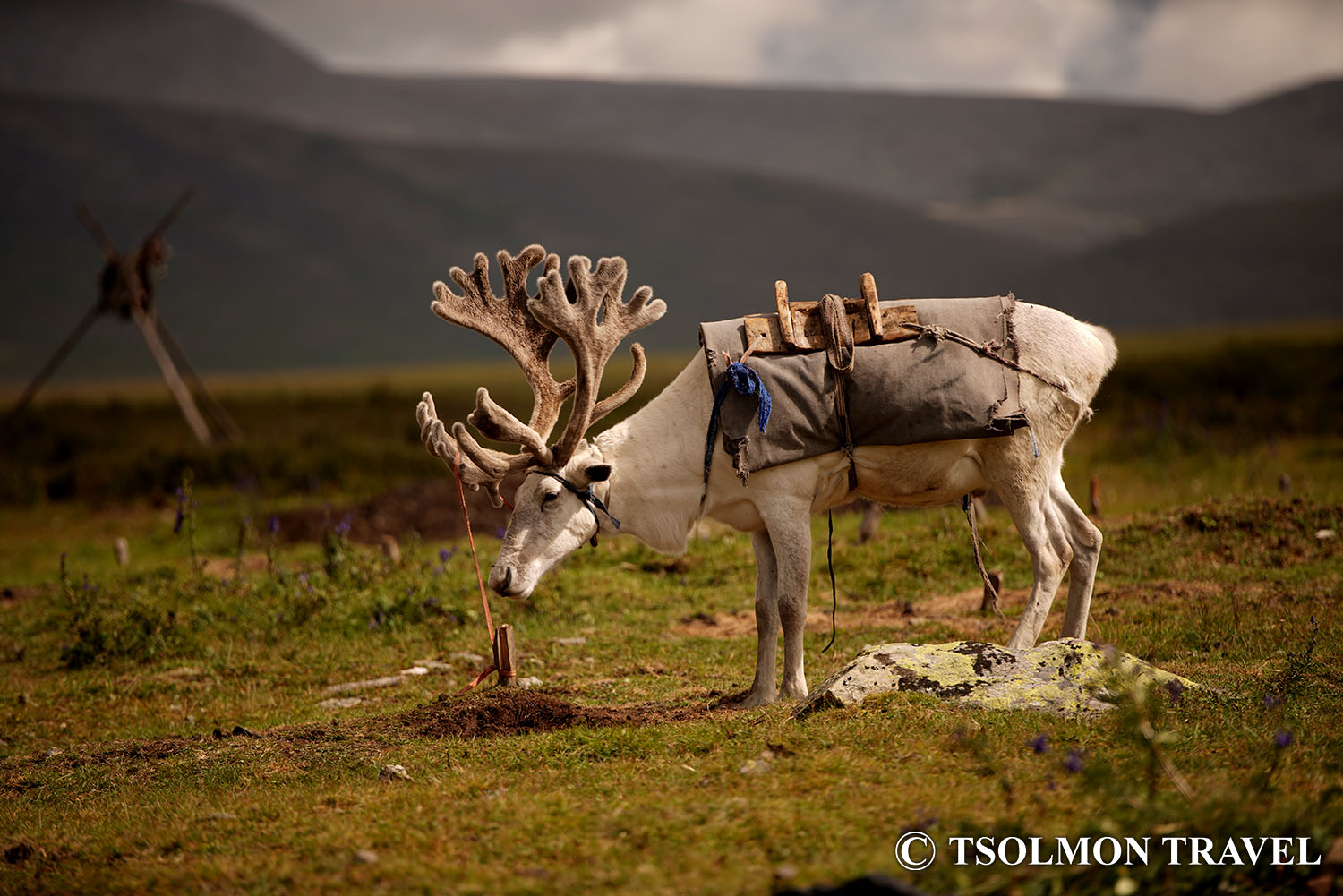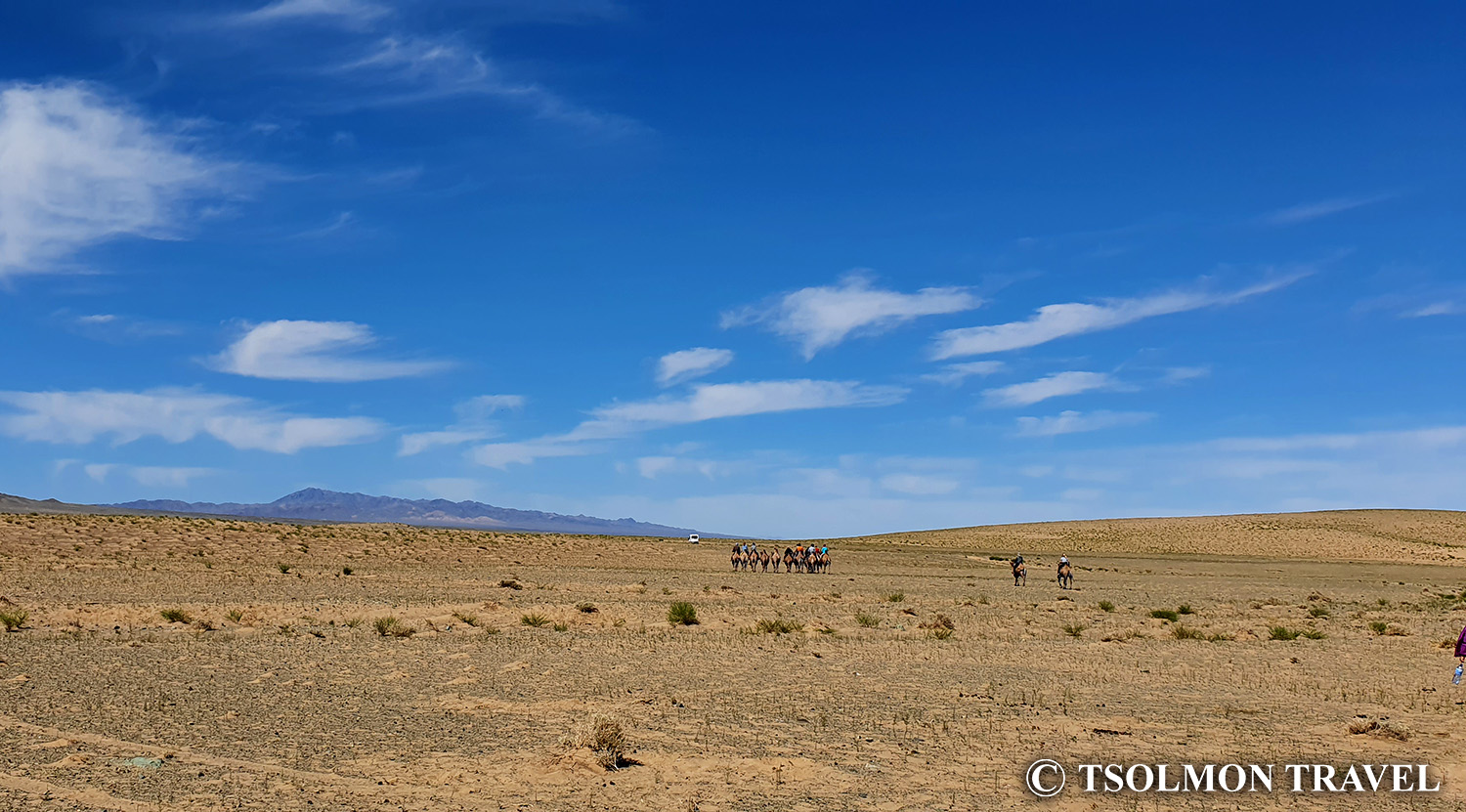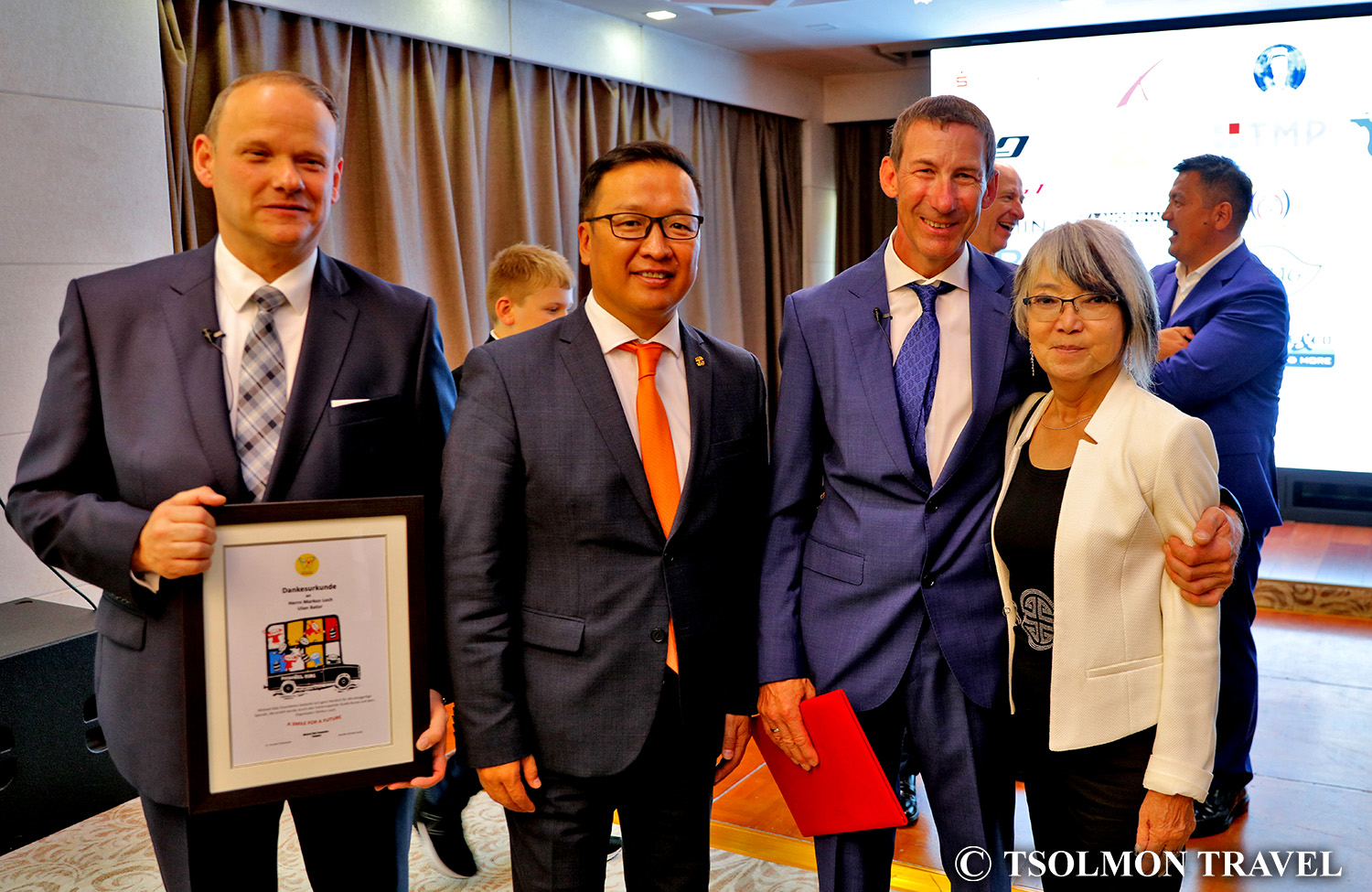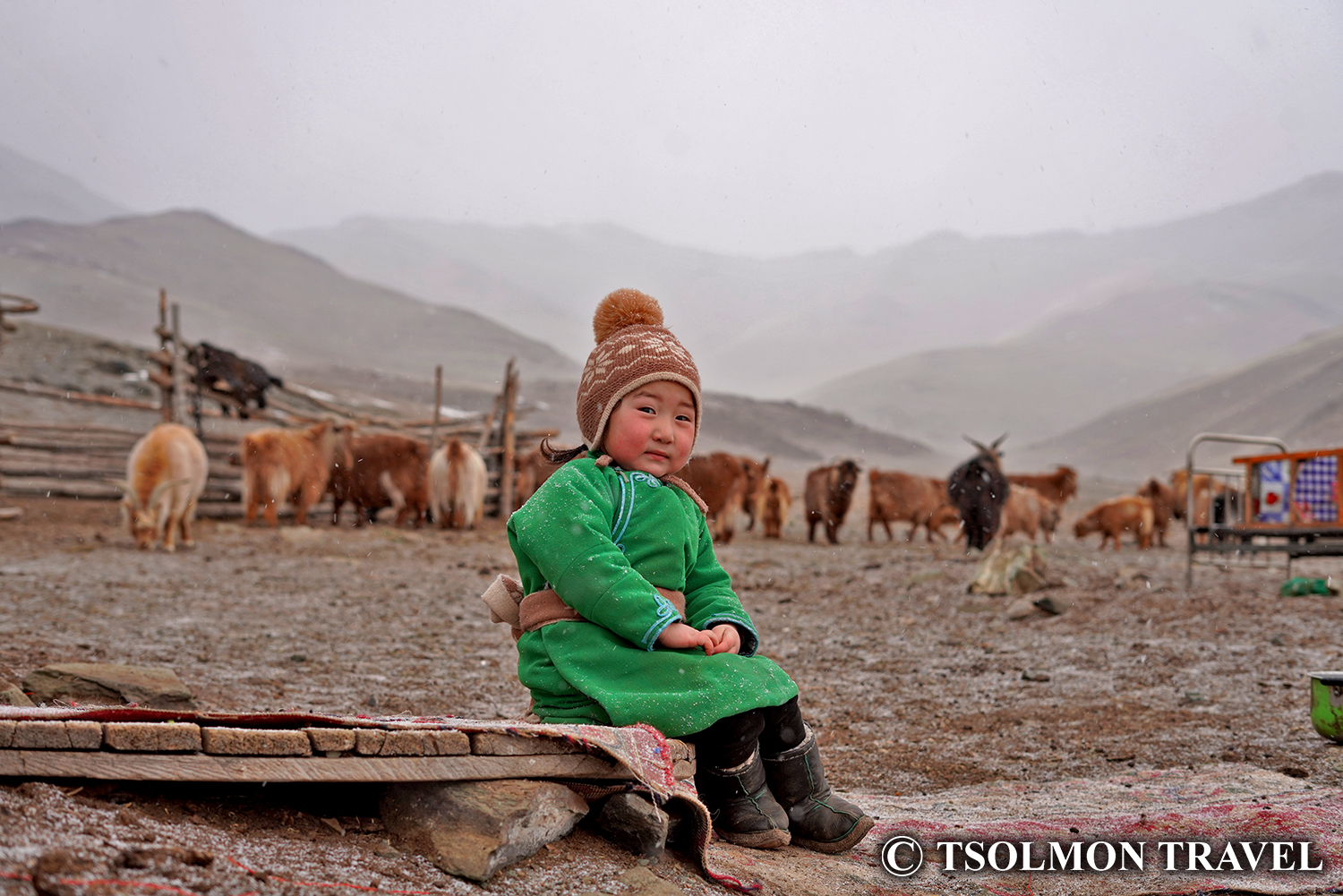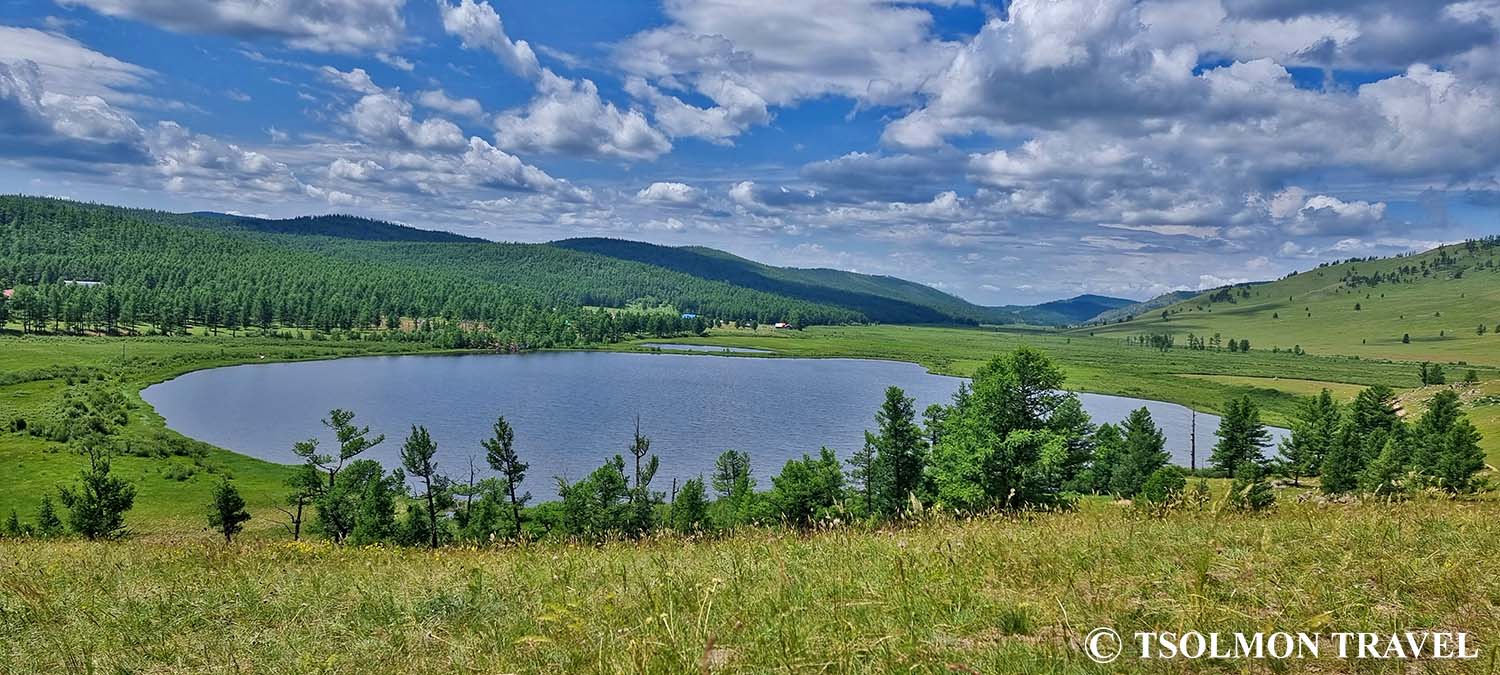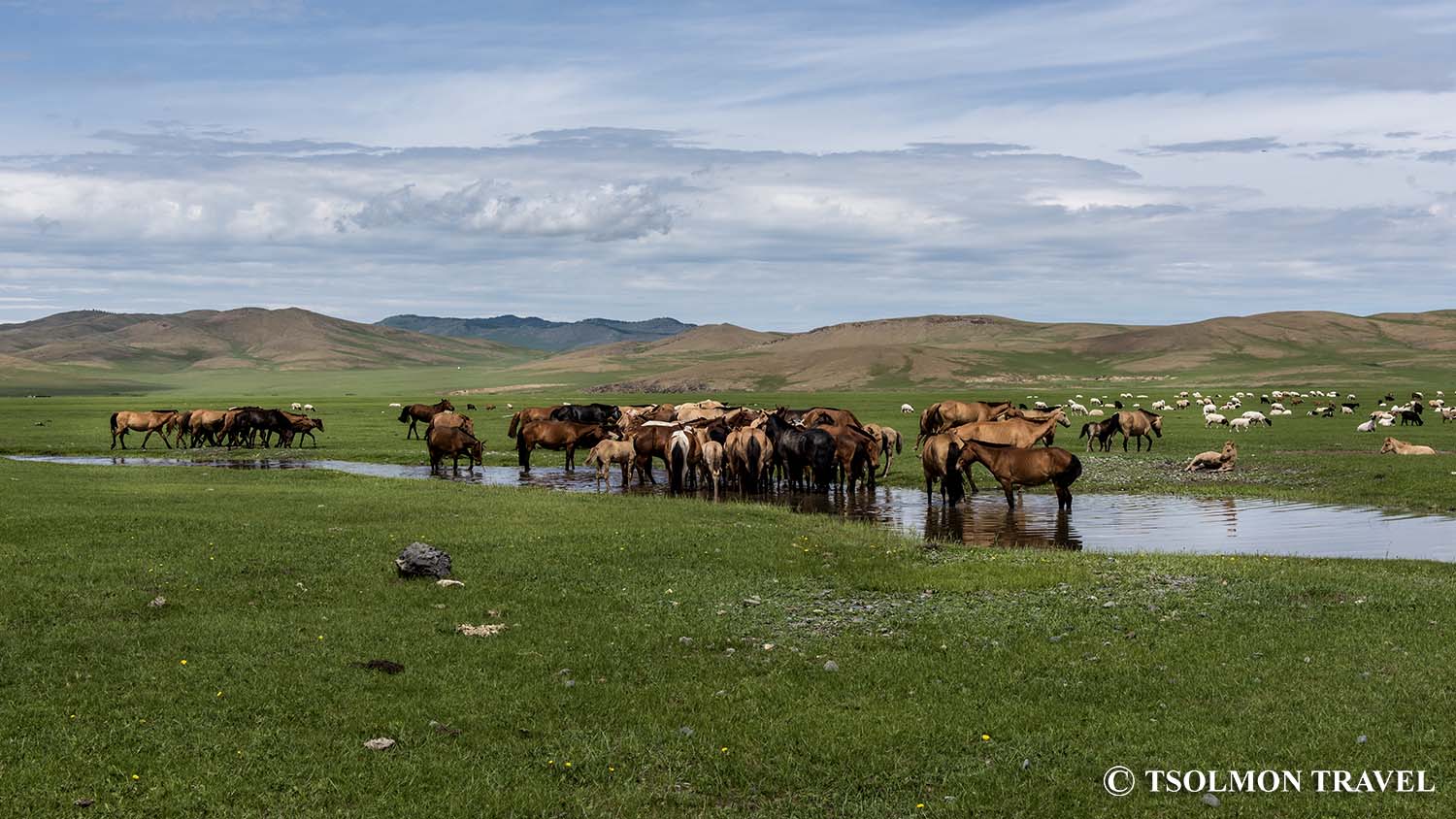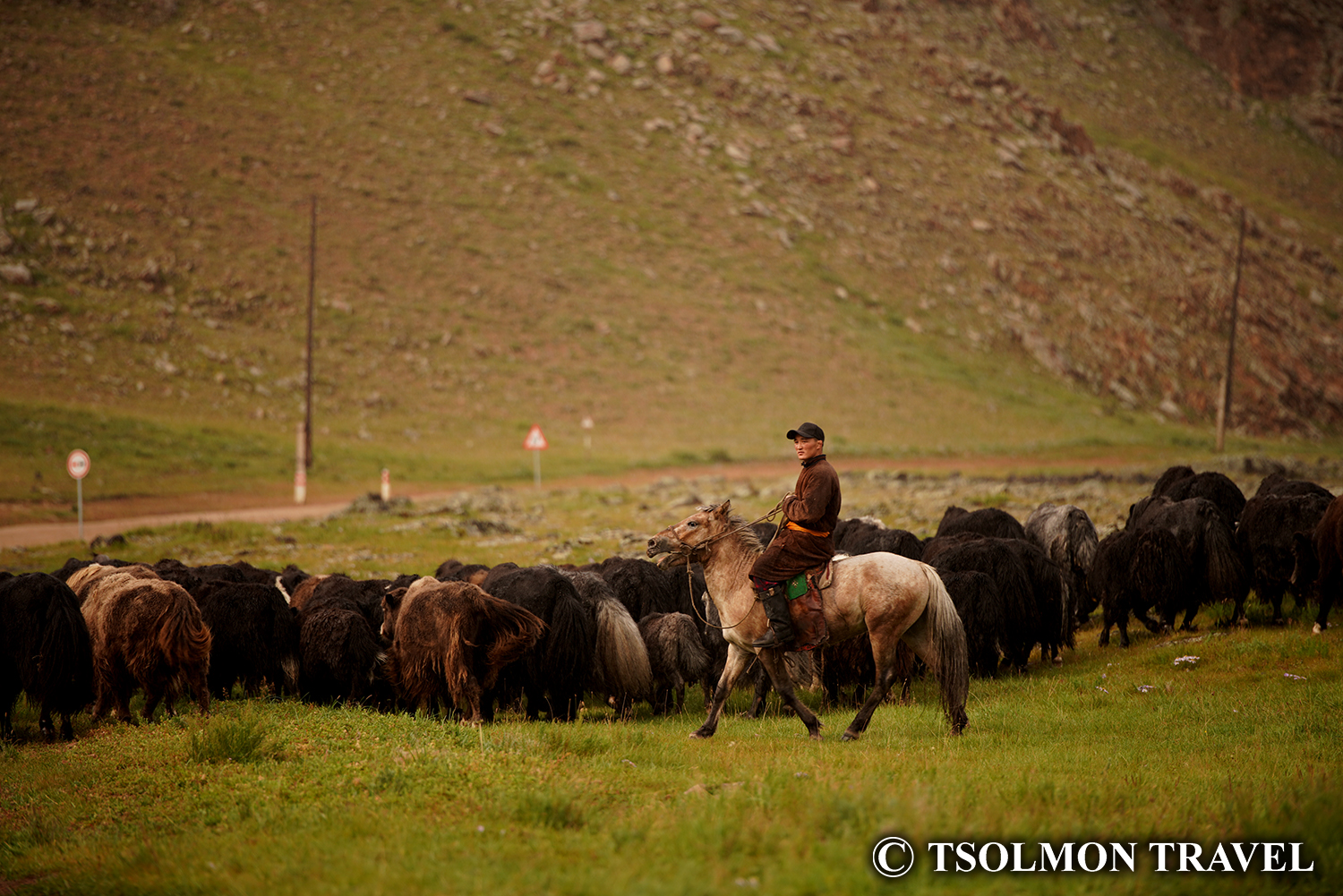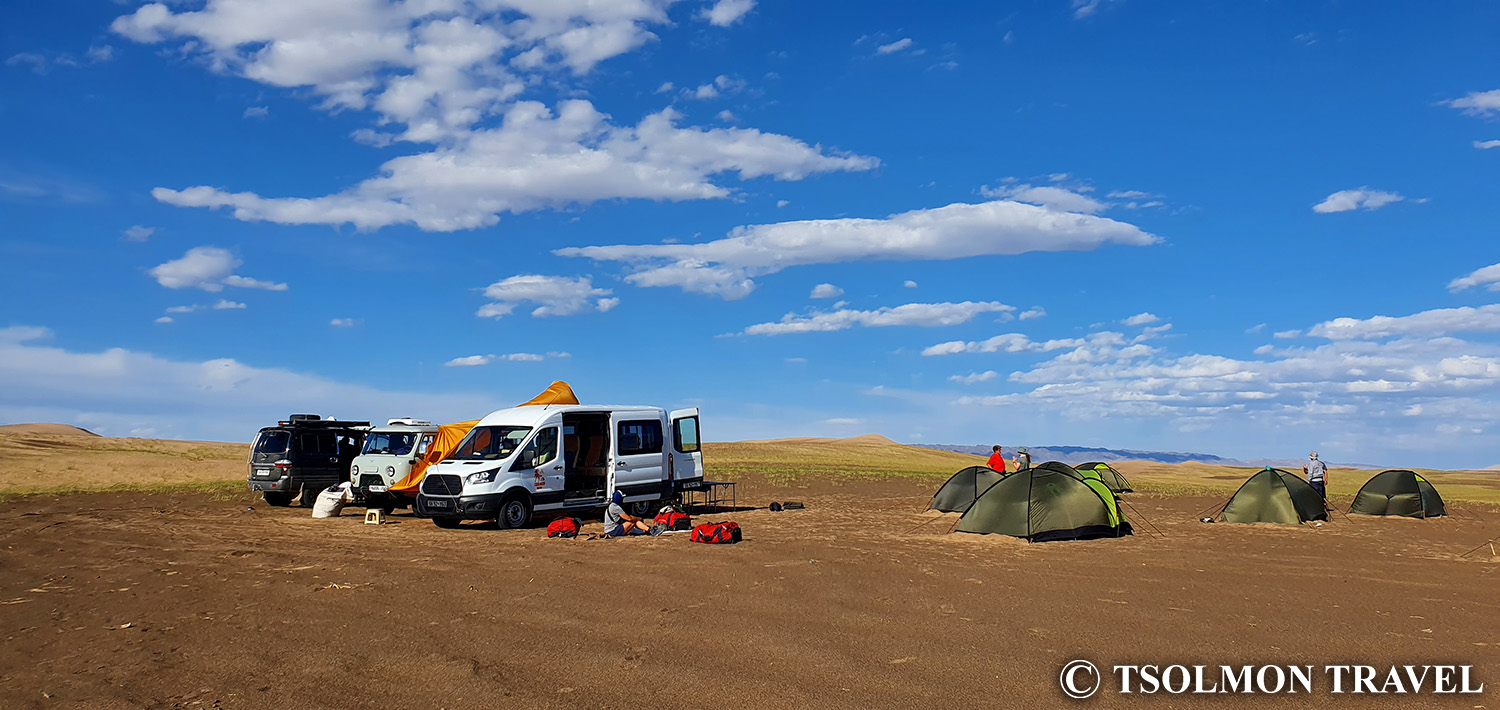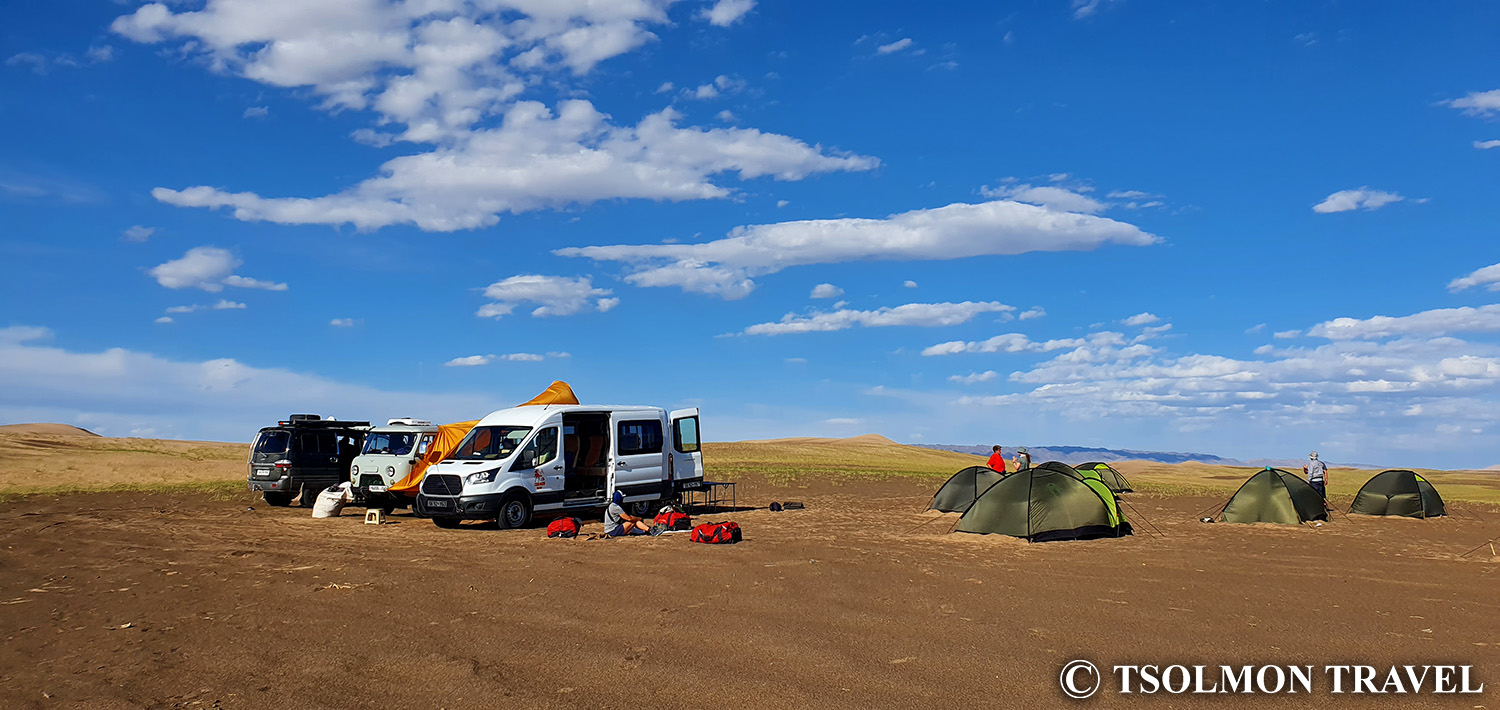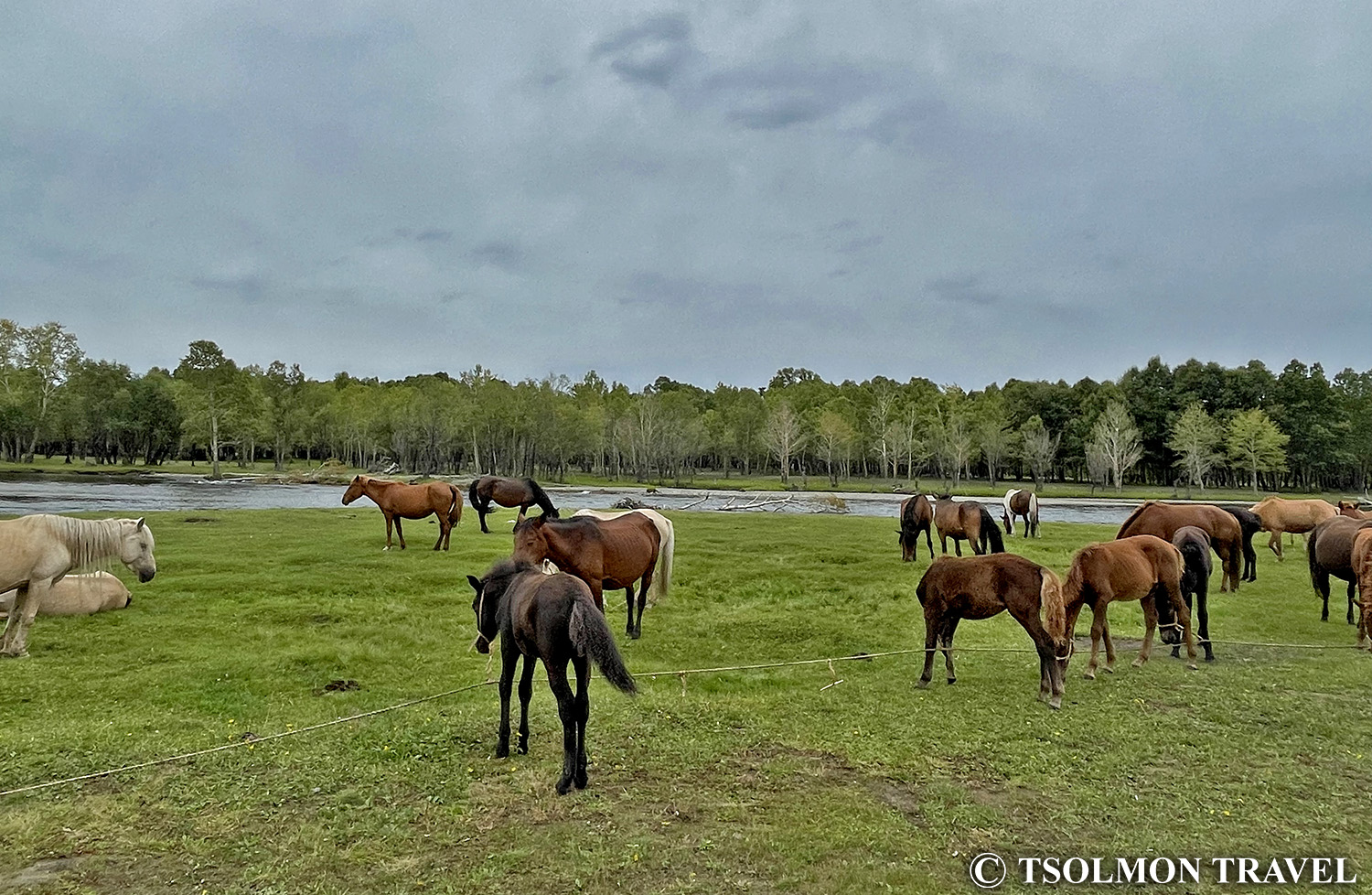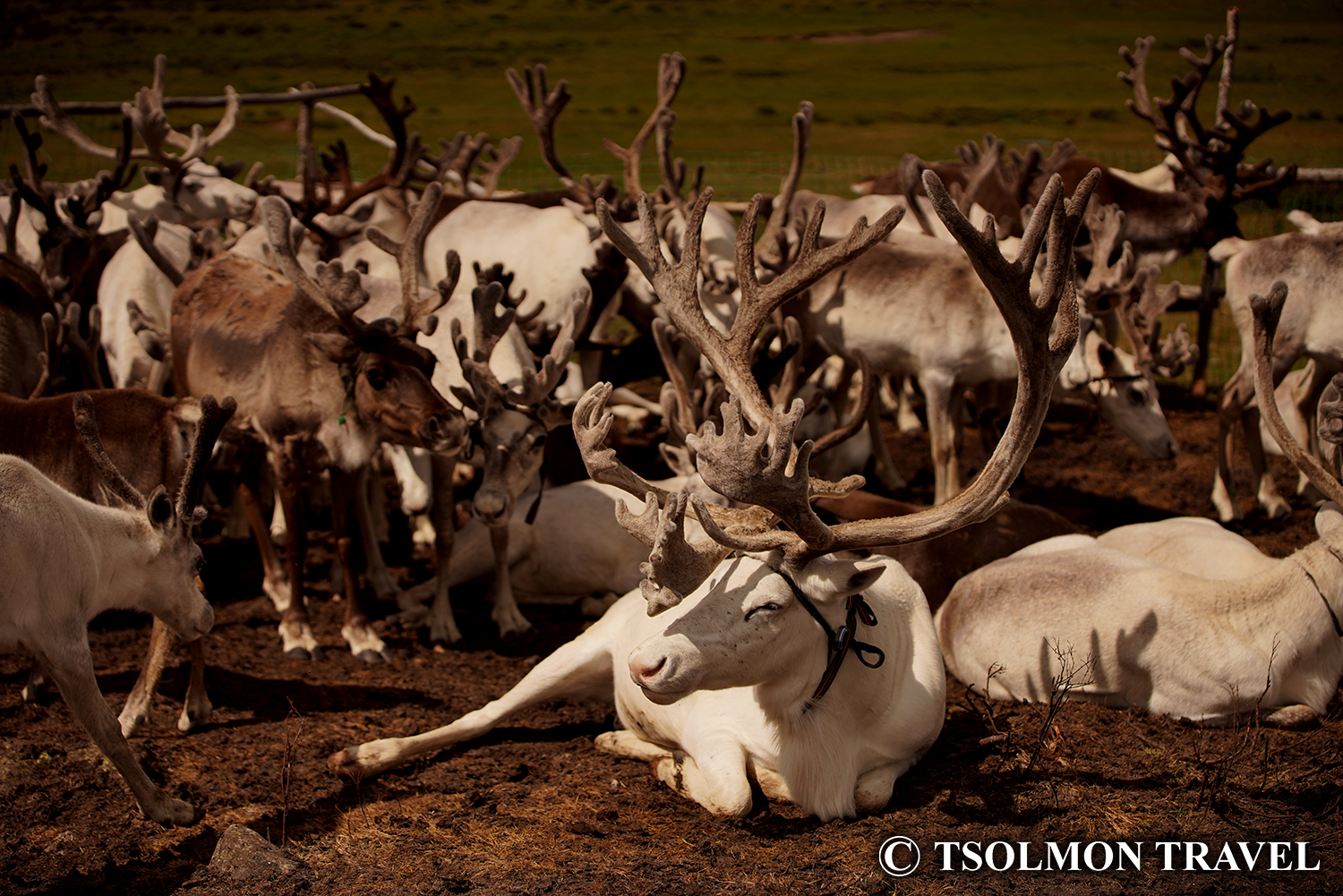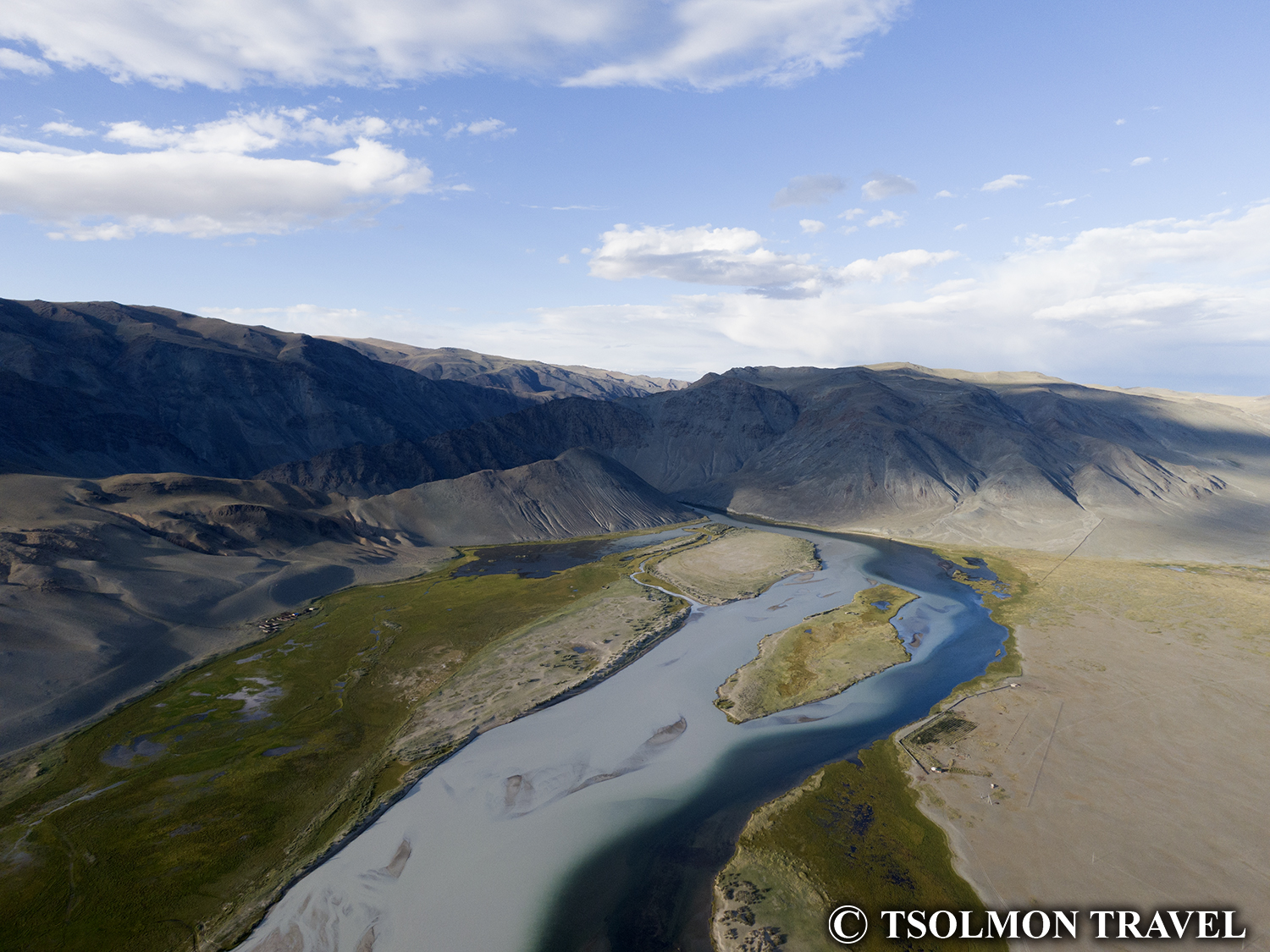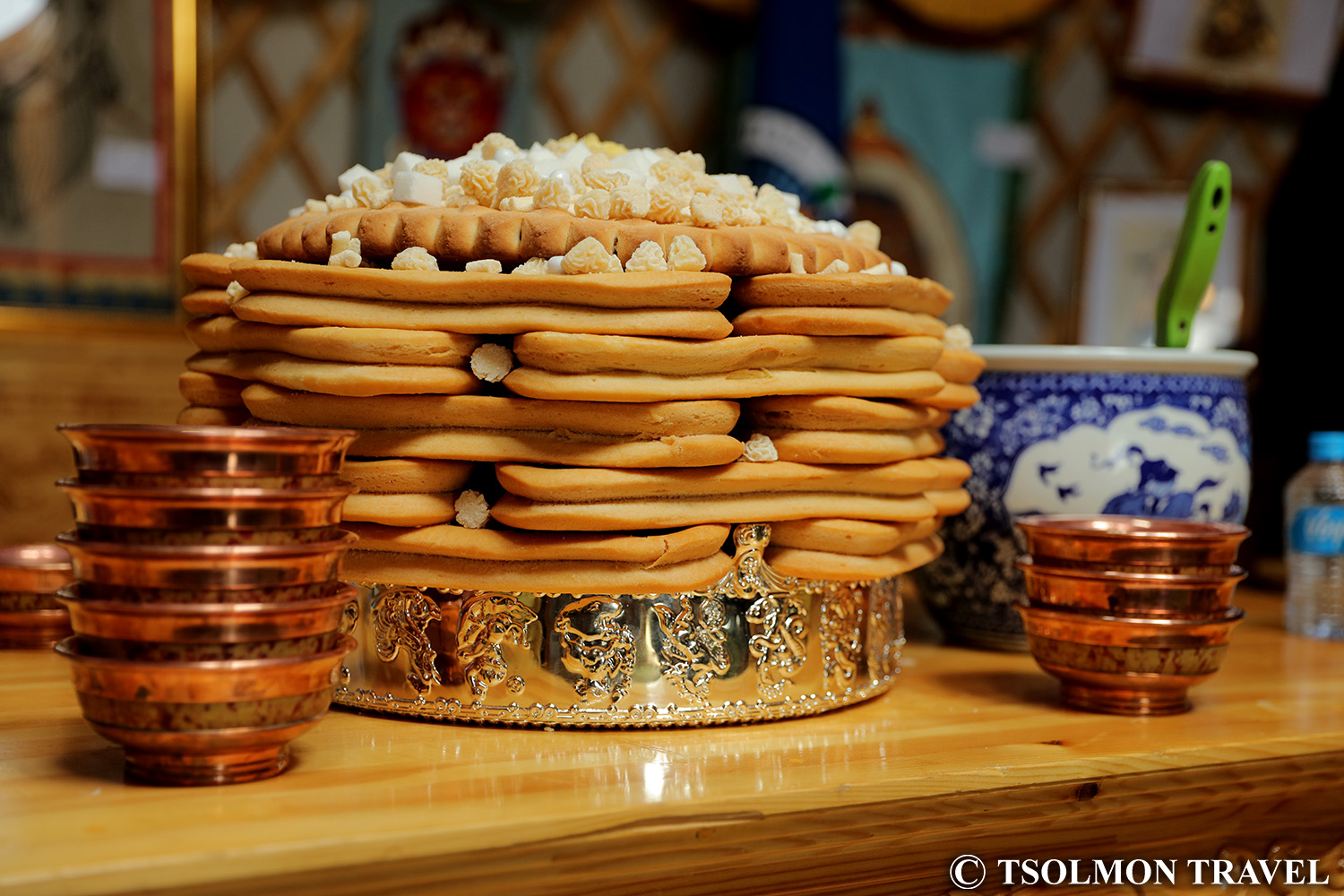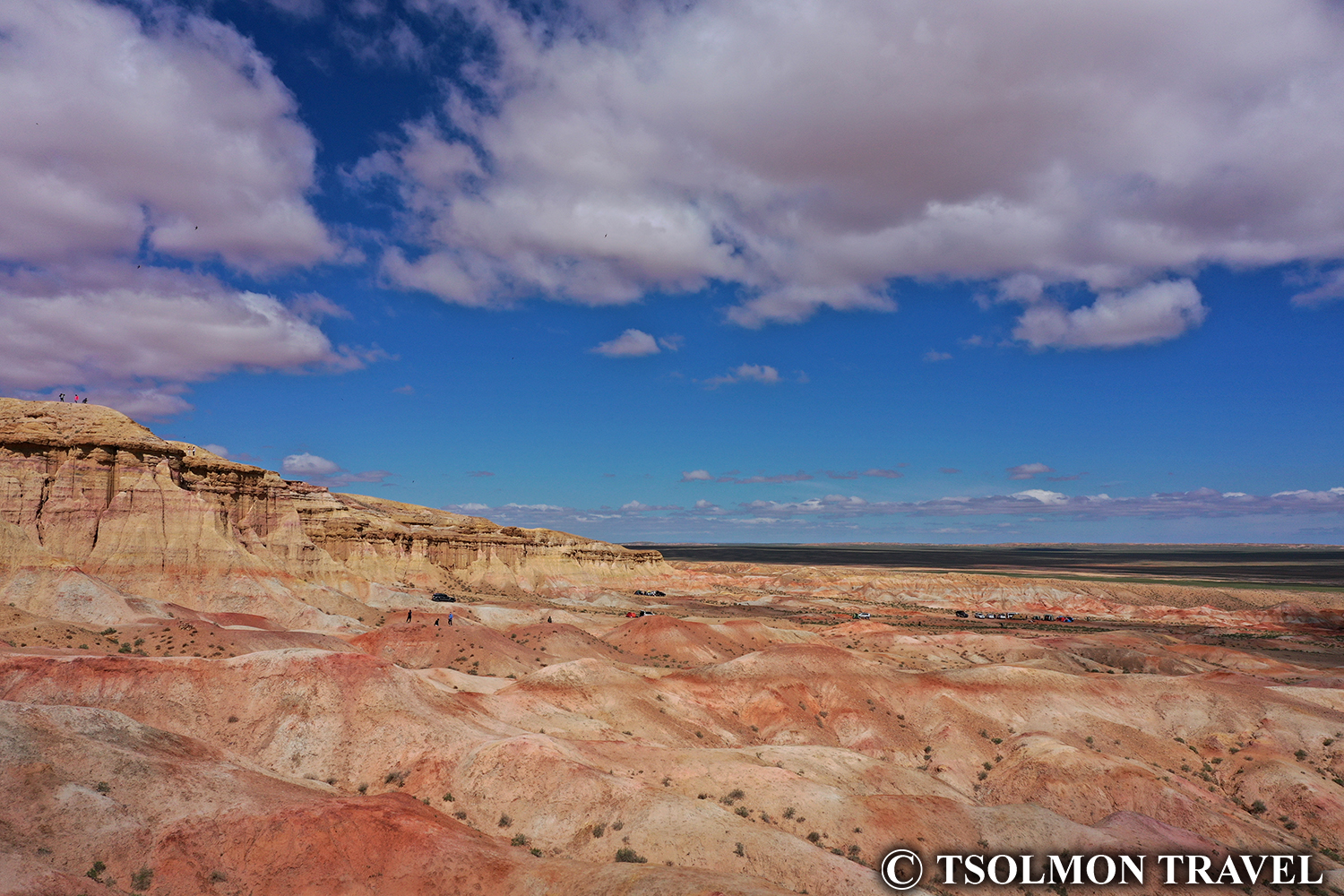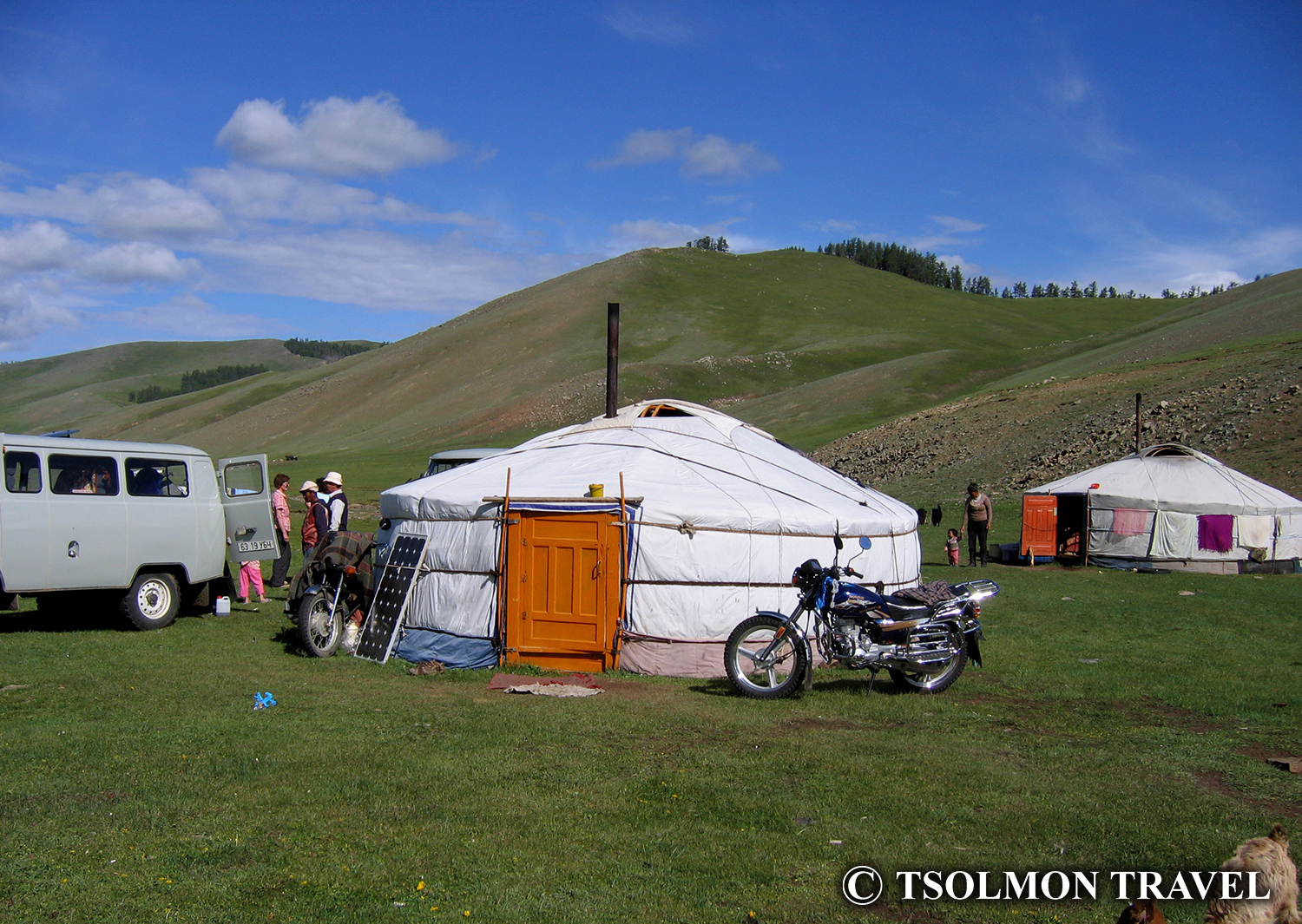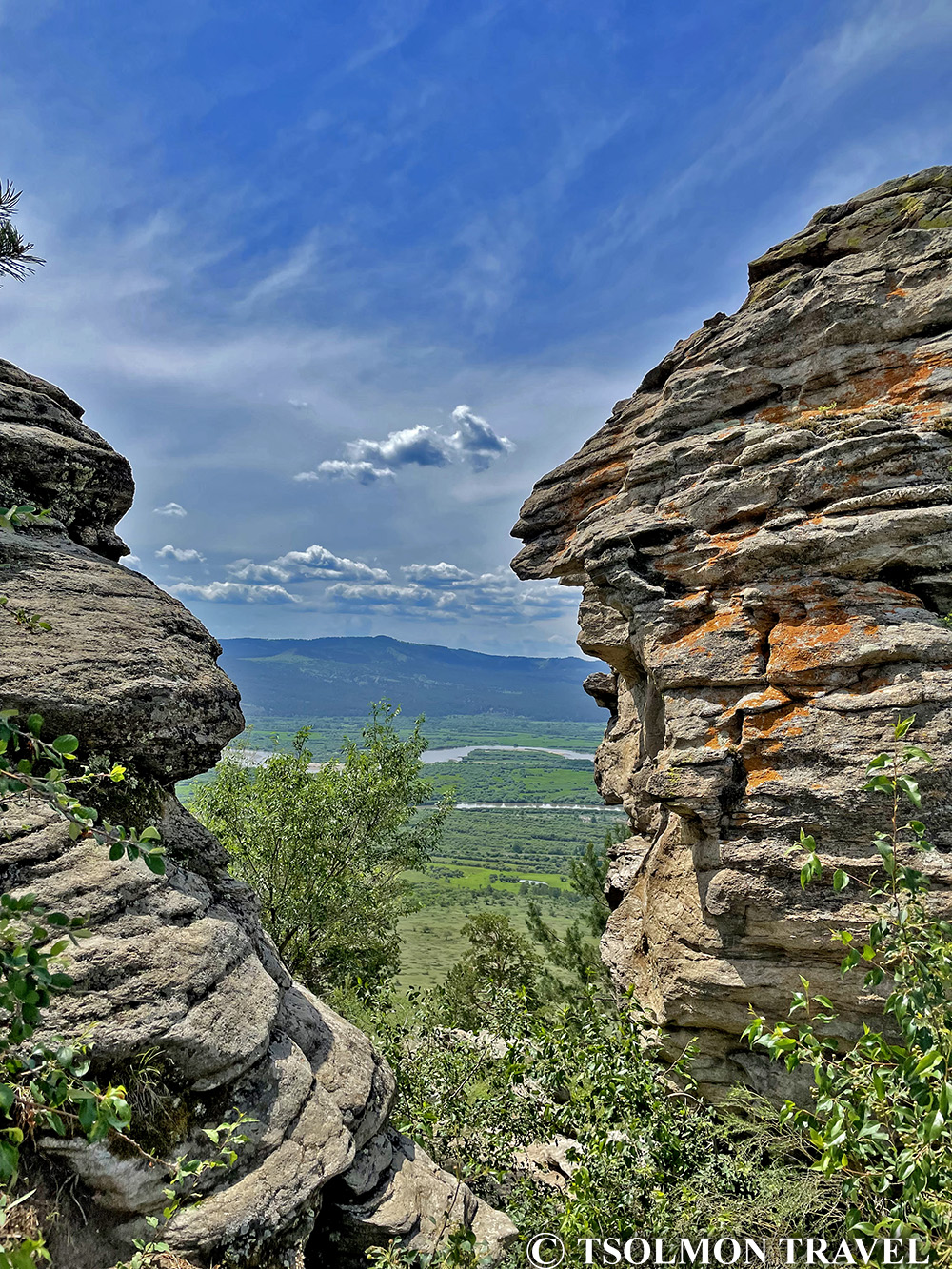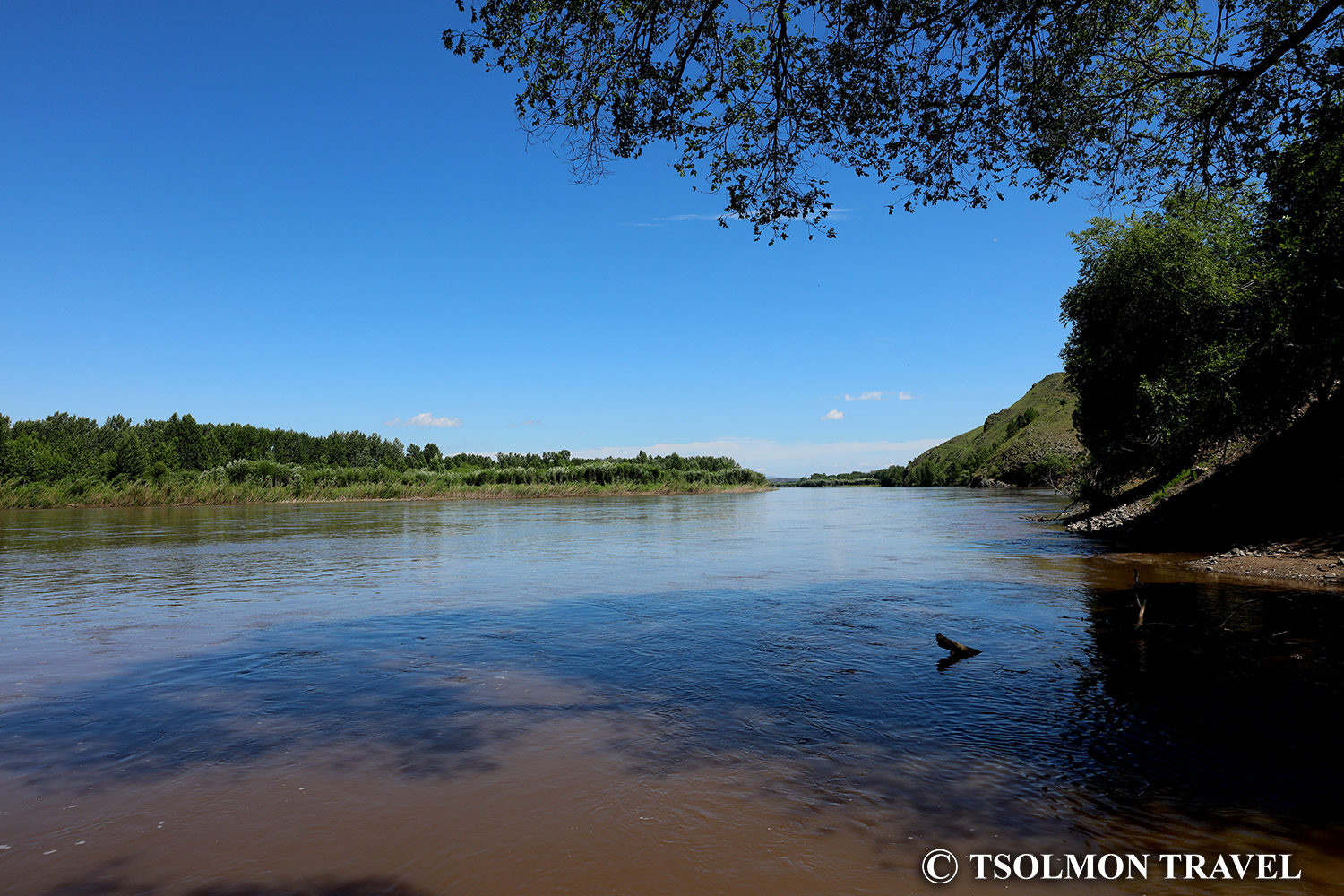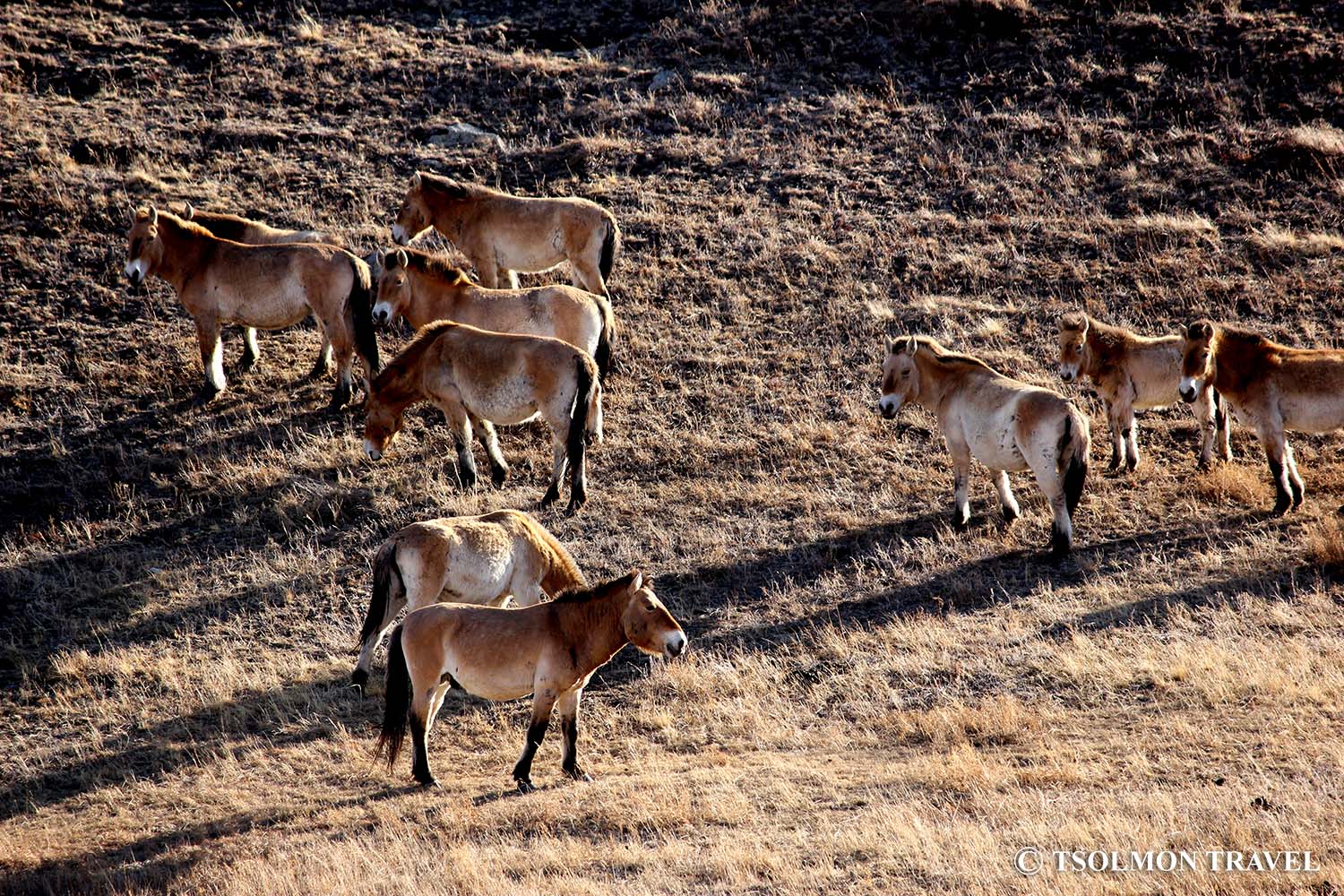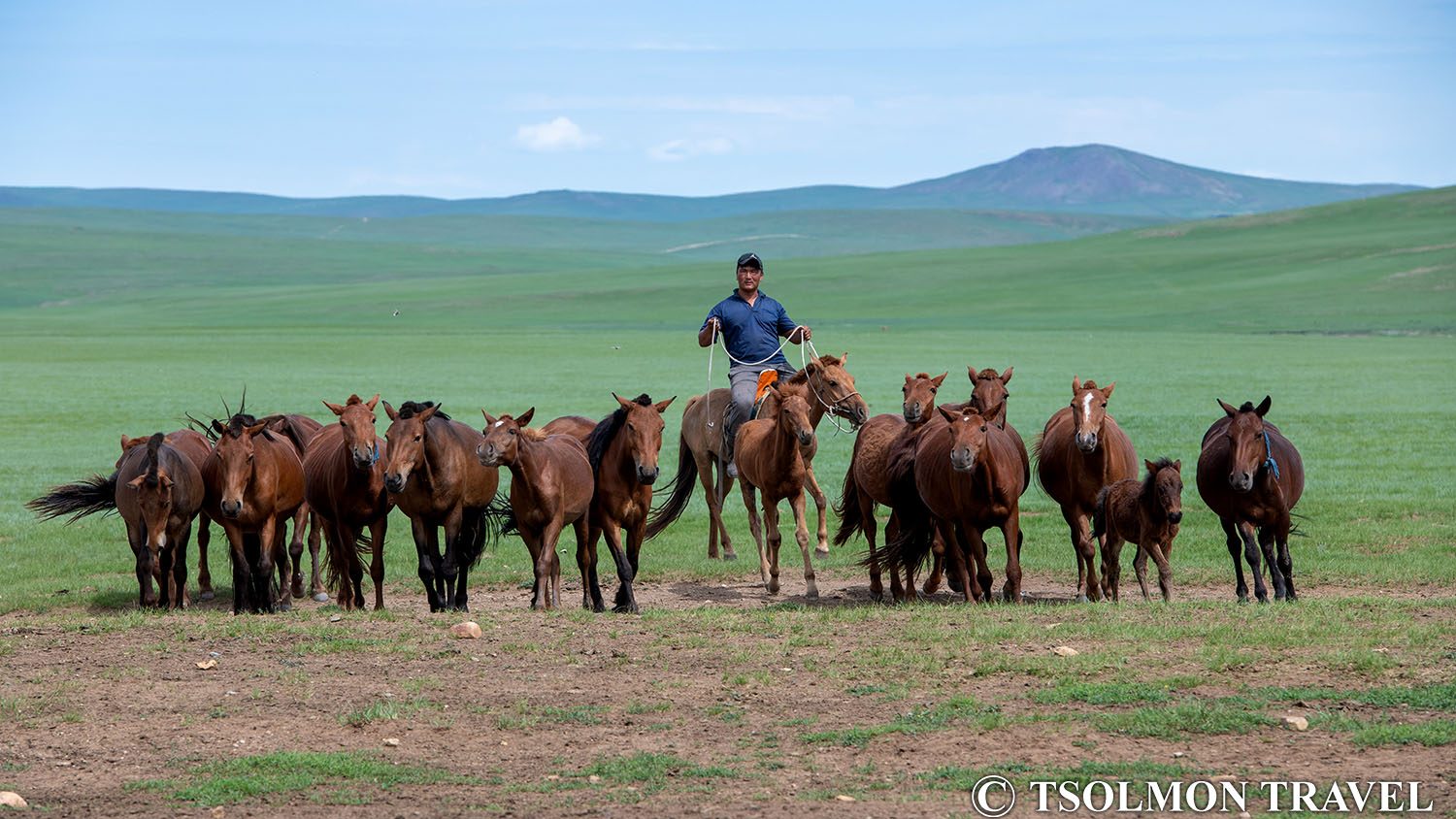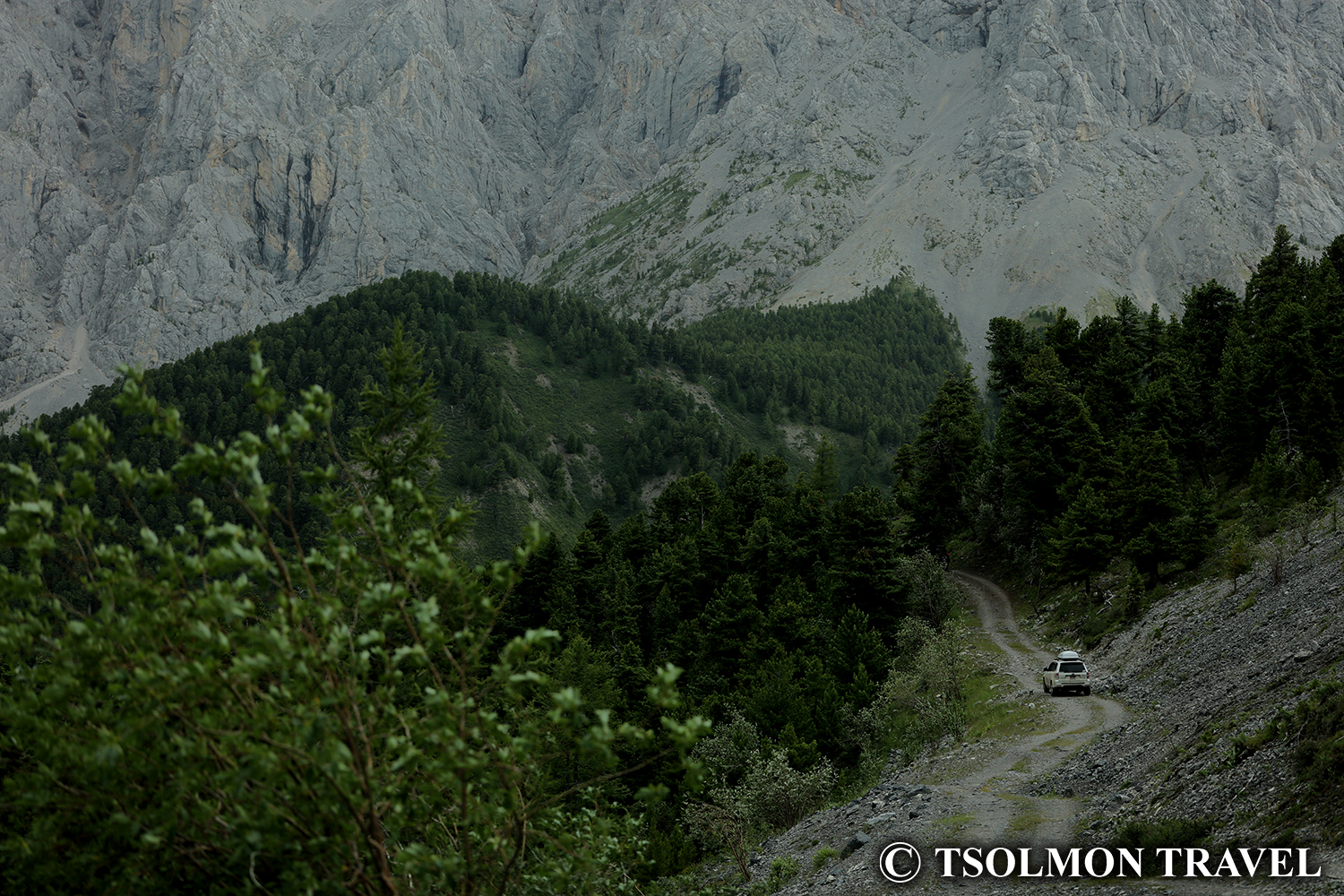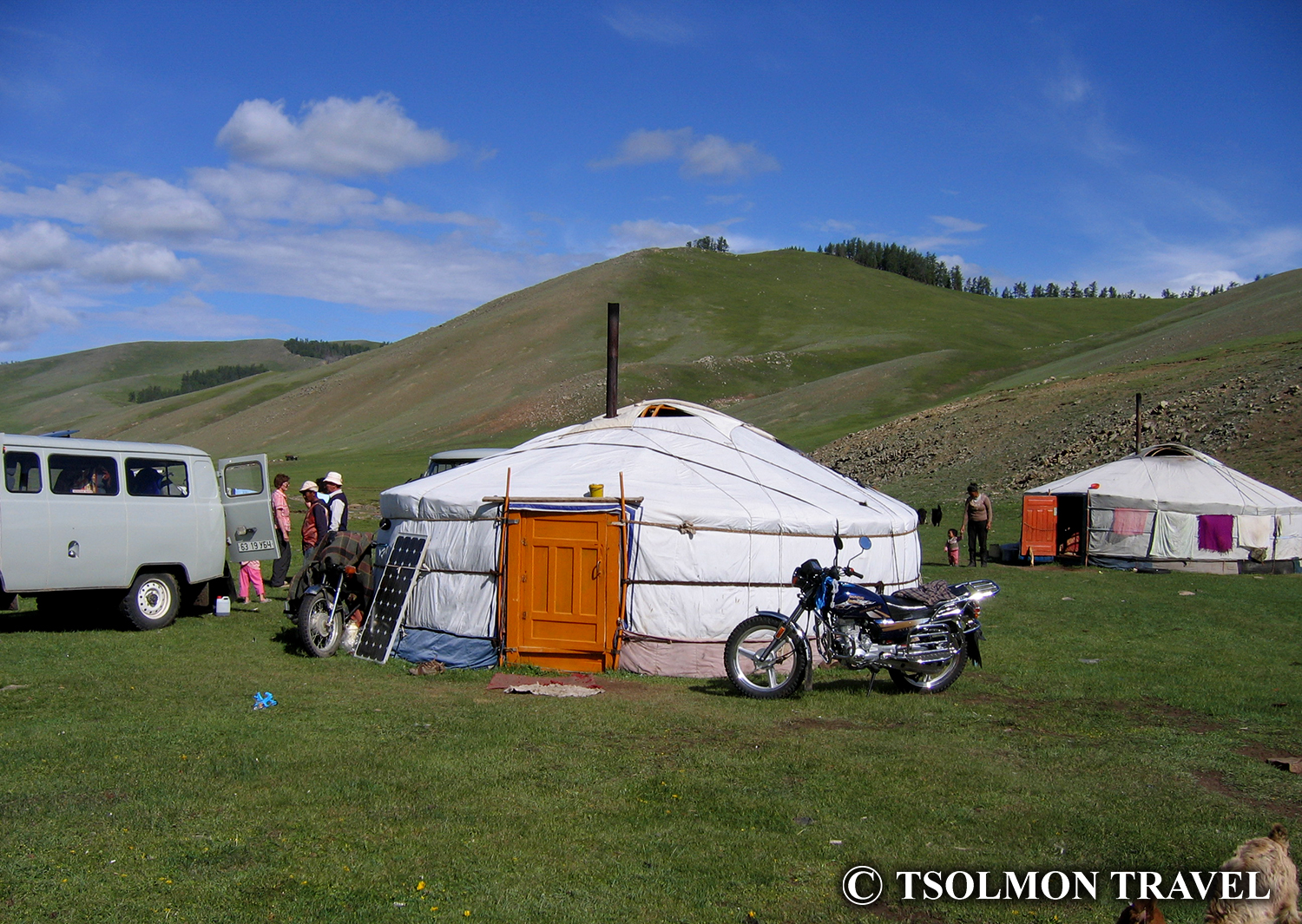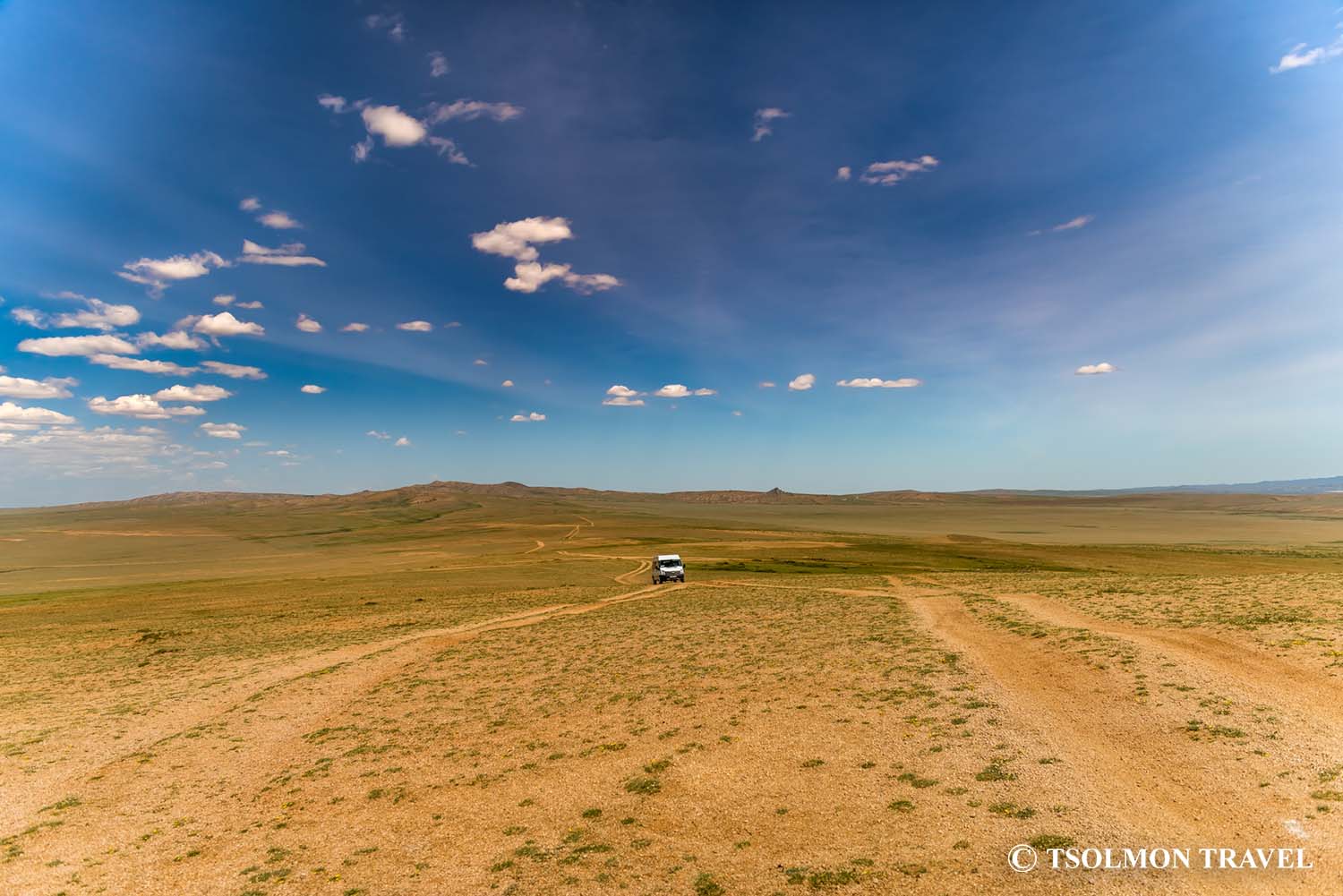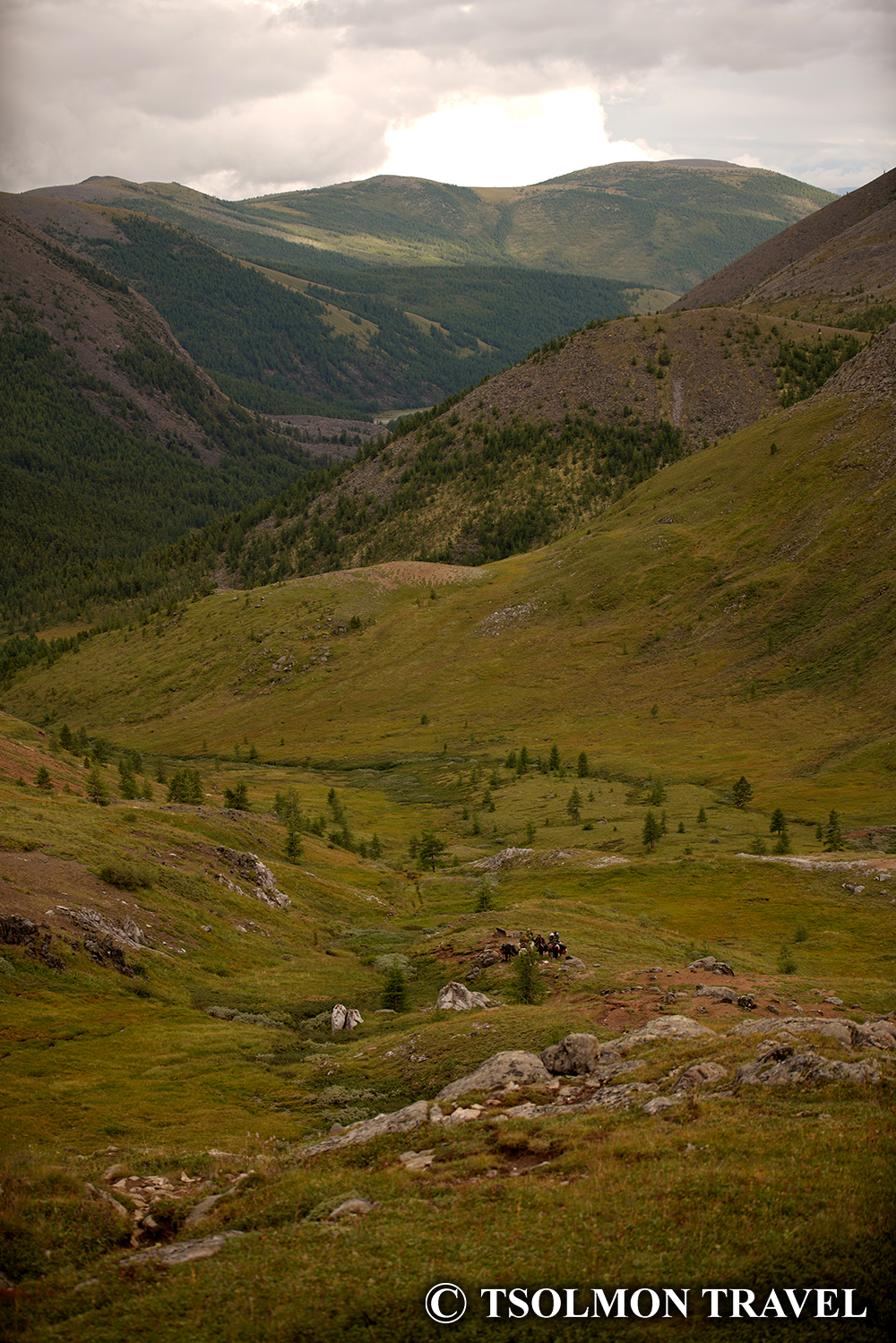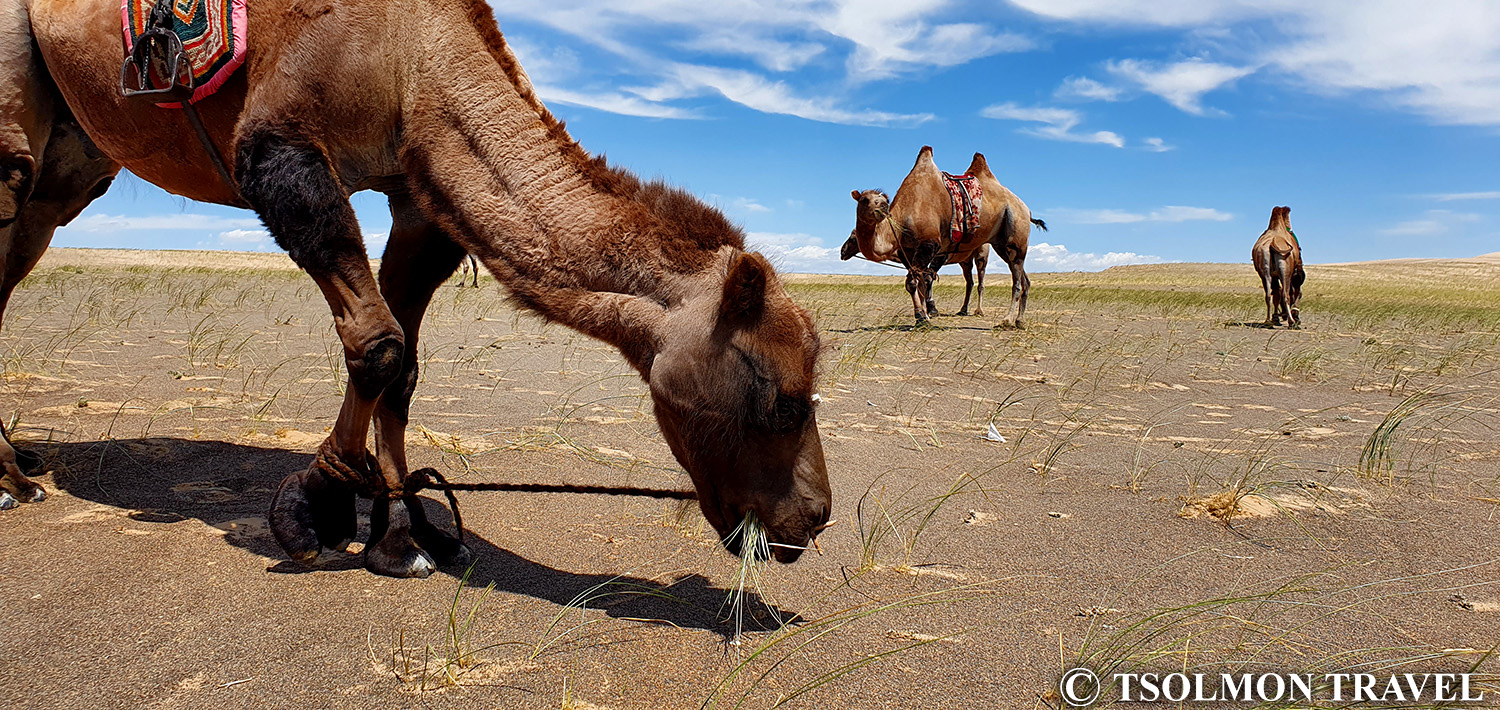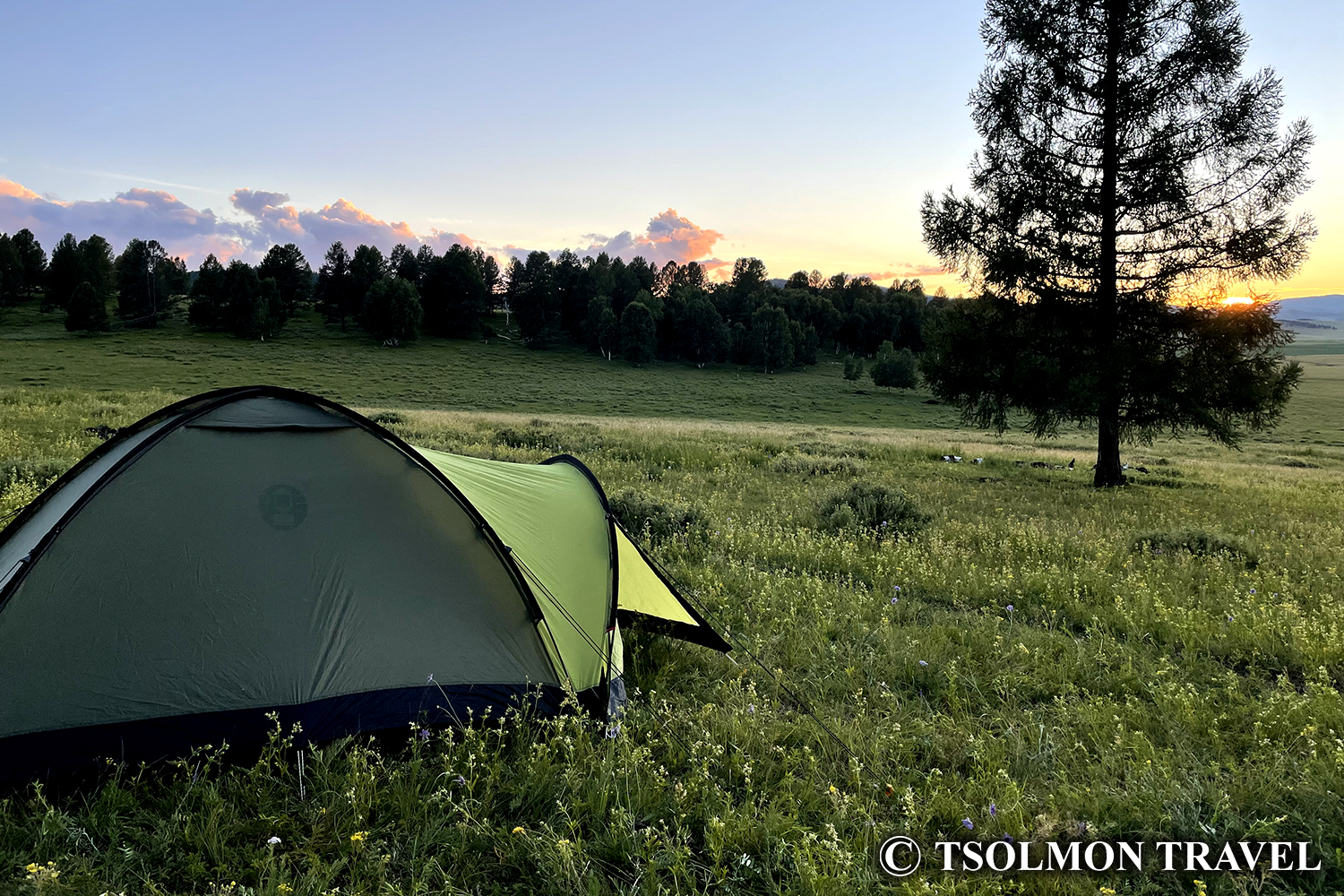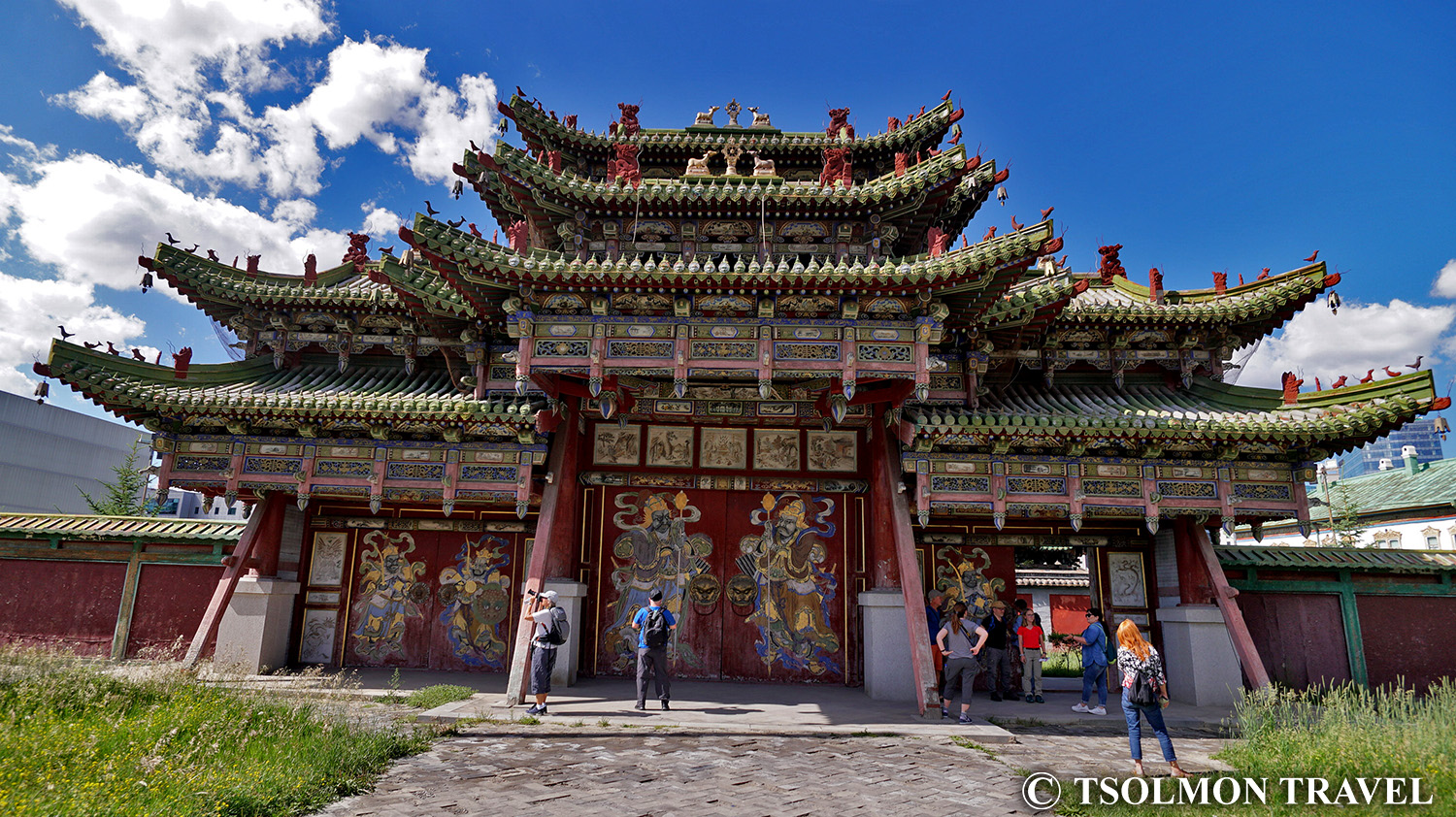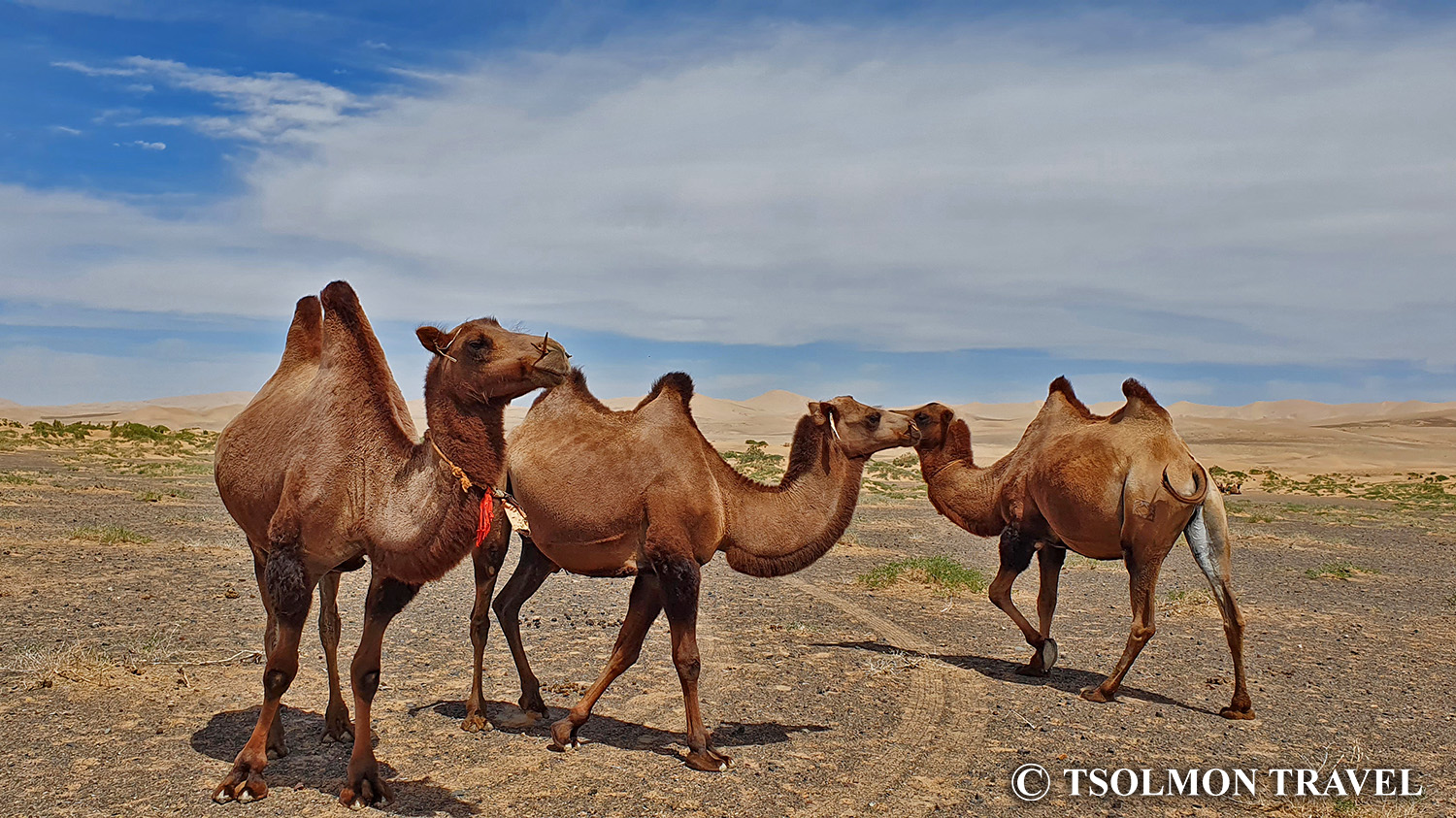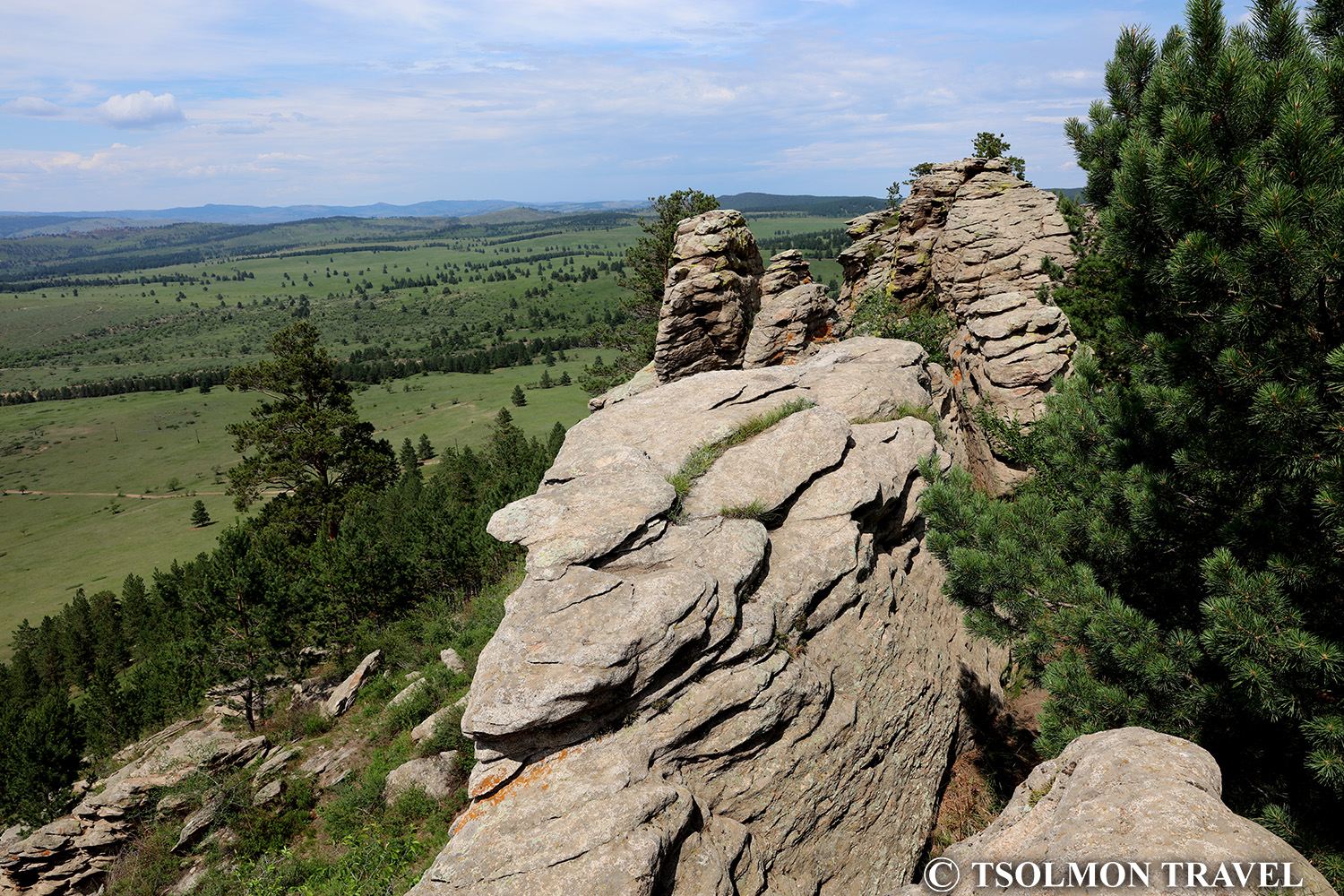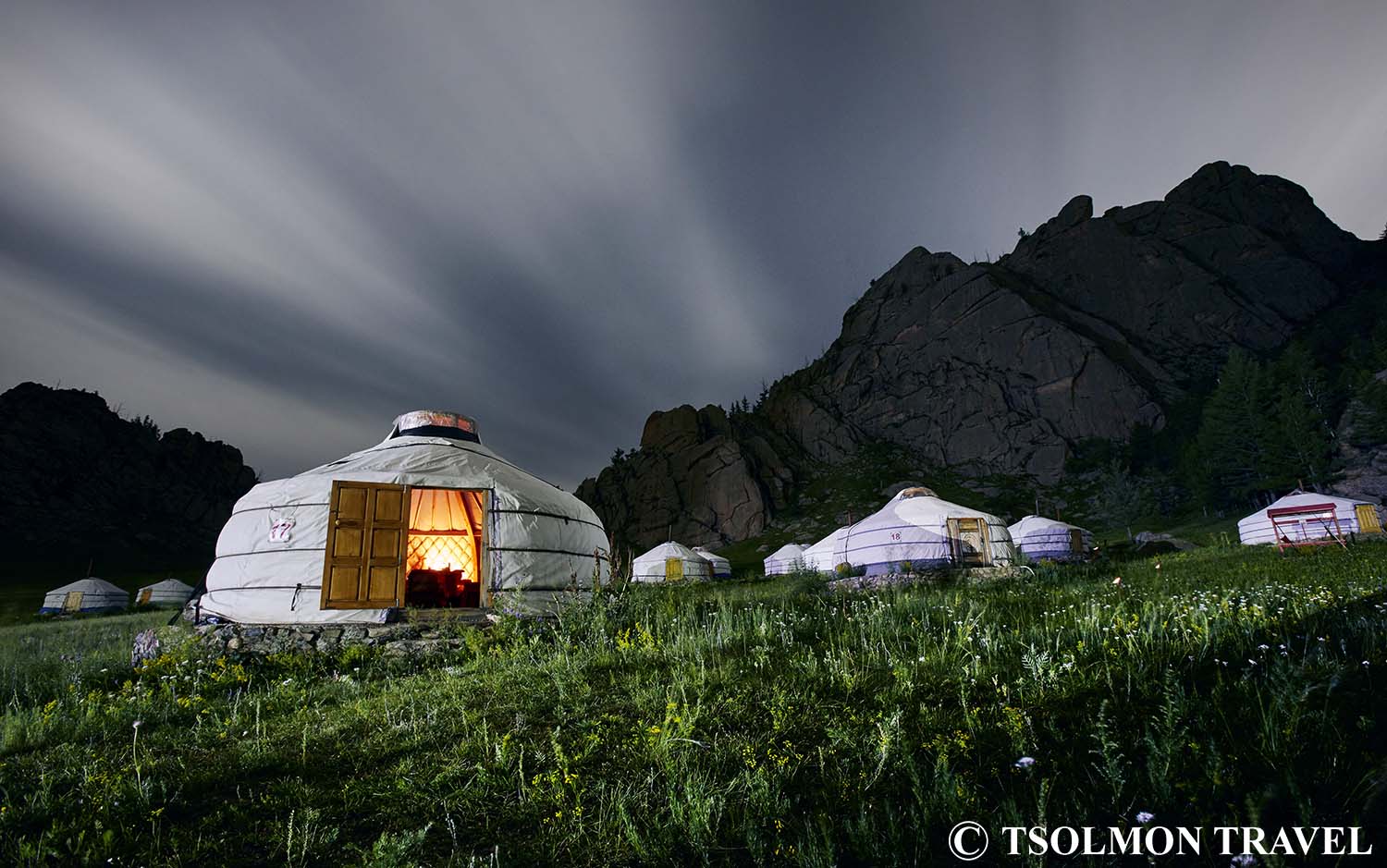
Gorkhi Terelj National Park
GORKHI-TERELJ NATIONAL PARK
In 1993, the Gorkhi-Terelj area was finally designated as a National Park thanks to its scenic natural beauty although, since 1964, it was a favorite tourism destination both with locals and foreigners. The park is located only 50 km northeast of the capital in the southern foothills of the Khan Khentii Mountain range. The park's spectacular features are its intricately shaped huge granite blocks and cliffs, lush green meadows, and carpets of wildflowers. Tuul and Terelj rivers that traverse the national park are important water resources for Ulaanbaatar.
Khan Khentii became a Strictly Protected Area in 1992. The rugged mountainous area is one of the last large wildness areas in Mongolia. Bordering the Gorkhi-Terelj National Park in the south it extends up to the border with Russia. The central part is wild and uninhabited and can be reached only by foot or horseback. Hot springs along the Onon river are famous for their therapeutic qualities. The historical significance of the Khentii Mountains besides its natural endowments is that is the birthplace of Genghis Khan. Interestingly, even today the researchers are in search of his tomb.
The greatest rivers of Mongolia originate in the Khentii Mountains. They are a source of drinking water for Mongolia's largest cities. The mountain steppe is particularly rich in species and colors. Here, plants can be found from all parts of the continent: species from the Arctic tundra and northern coniferous forests grow next to Mongolian steppe grass; species of Euro-Siberian Forest steppe shrubs reach into the Khentii from the west; species of Manchurian-Daurian steppe herbs extend into the area from the east. Meadows that are grazed on less have a more diverse flora. Edelweiss (Lentopodium lentopodiodes) meadows are widespread.
 Eng
Eng
 Ger
Ger



